In a nondescript, graffitied low-rise in London’s East End, extraordinary things are happening. Behind unmarked double doors, Benedict Radcliffe is transforming plain old mild steel rod into three-dimensional, four-wheeled pieces of ethereal art; cutting, bending, welding and painting to create fluorescent sculptures that widen your eyes and baffle your brain.
You might well have seen some of Radcliffe’s automotive spectres in photographs: a bright orange Lamborghini Countach, a brilliant white Subaru Impreza P1 or a neon pink Range Rover Evoque, each seemingly drawn in Photoshop and then dragged and dropped onto a street scene, but in fact they’re very much real. In Heathrow’s Terminal 2, you may well have spotted his London taxi – an orange Austin FX4 commissioned by the airport to represent modern Britain. All are instantly recognisable cars, distilled into minimalist, full-scale wireframes; more air than there.
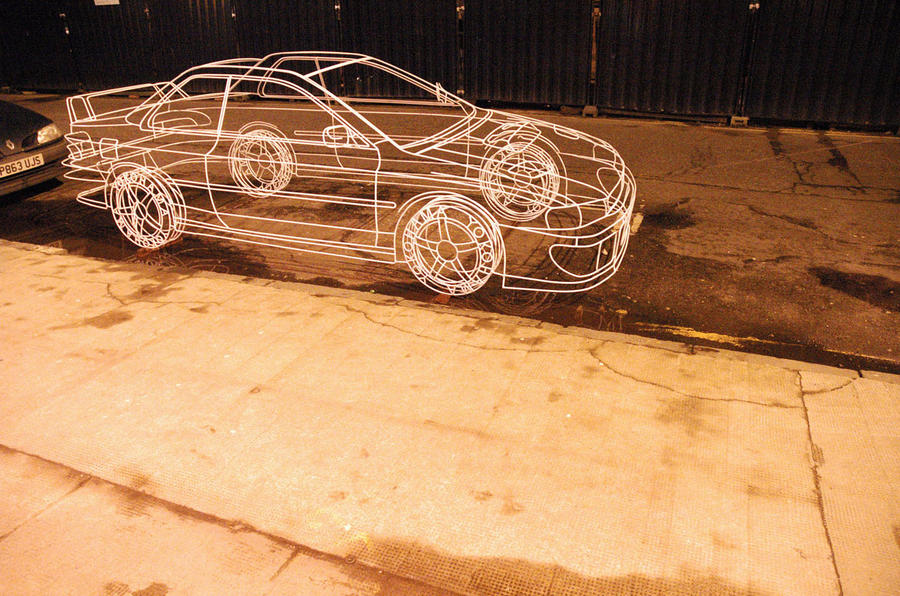
While studying at Glasgow’s Mackintosh School of Architecture, Radcliffe was trained in fabrication and welding by Andy Scott, creator of the ‘Heavy Horse’ wireframe and 30m horse heads sculpture ‘The Kelpies’ that tower over the M8 and M9 motorways respectively. A year after graduating in 2004, Radcliffe created ‘Modern Japanese Classic’ – the Impreza wireframe – as part of a personal exhibition. Too large to fit inside the venue, it was ‘parked’ on the street outside, dazzling among the dreich of Glasgow’s urban grime. And with that, his signature style was born.
Radcliffe’s studio, just off Brick Lane, is dominated by a central ‘datum table’ upon which he builds his wireframe cars, and the walls are lined with a gigantic bicycle frame, a 1:1 wireframe Honda Gold Wing motorcycle he displayed in the V&A Museum in 2012 and full-scale blueprints of his next project, a Ferrari F40.

But the most intriguing artefact is also among the smallest – a 1:5-scale Lancia Delta Integrale Evo 1 that is nearing completion for a private client. As yet unpainted, without wheels and propped on stilts, it’s already stunning, with both the overall form and key details – right down to the shield-shaped badge on the nose – recreated perfectly in spindly wire.
He talks me through his process. Using technical drawings and photos from the internet, he traces out front, rear and side elevations of the subject car to the required scale by hand to create a blueprint. This in an early watershed moment as Radcliffe deftly picks out which features he thinks will “capture the shape of the car with an economy of line,” as he succinctly puts it. A sheaf of Integrale sketches attests that this is an evolutionary process, and a manual one, too: no computers, no 3D-printed prototypes.
“Everything I do is quite low-tech,” he says. “I’ll start with the blueprints, then extrude up from the plan. I might concentrate on the front bumper first, then the back bumper and the light clusters, building in components. It’s quite straightforward metalwork: cutting, welding and grinding, but it’s the manipulating of the steel rod I’m drawing with that is really important.”
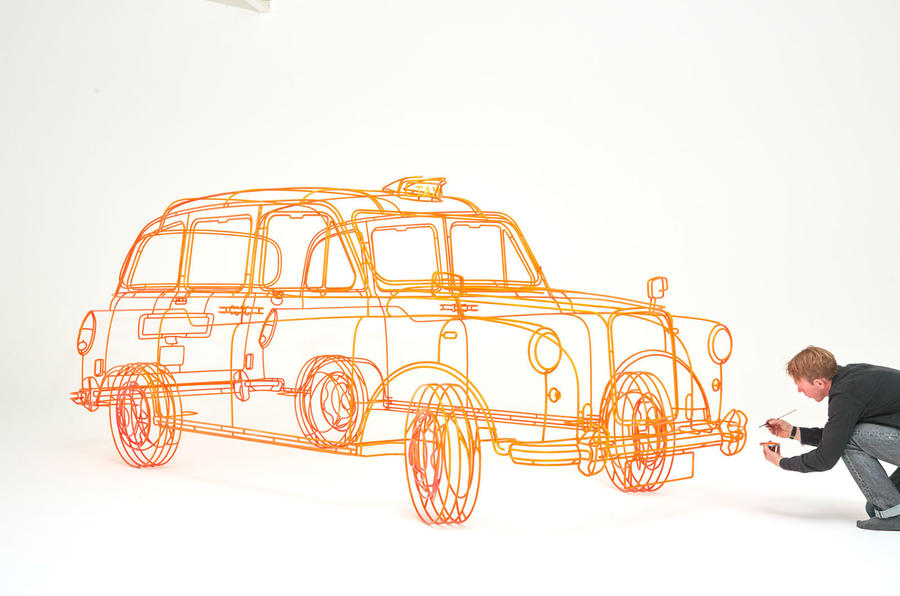
Radcliffe uses a temporary wire grid integrated with the structure to keep on top of proportions, but it’s vexing work. Even the heat of welding can distort the shape, and he’s constantly tweaking.
“It’s all about looking, looking again, coming back the next day and looking once more. Cutting stuff out and starting again, trying something else that may or may not work. An engineer might come at it differently, but I tend to go a bit freeform and be more playful.” Pointing out the two mismatched loops that form each door mirror on a 1:6-scale Mk7 Toyota Celica, he elaborates: “These mirrors are quite abstract, but if I’d just had one loop, they would have looked two-dimensional. A second loop gives more form and depth.”
The process is fairly consistent, regardless of size. On full-scale car sculptures, he MIG welds 10mm steel rod that is then spray painted, whereas on the Lancia, for example, it’s TIG-welded 3mm rod that will be powder coated. In both cases, the bending and forming is all done by hand, and the build process takes 10-16 weeks.
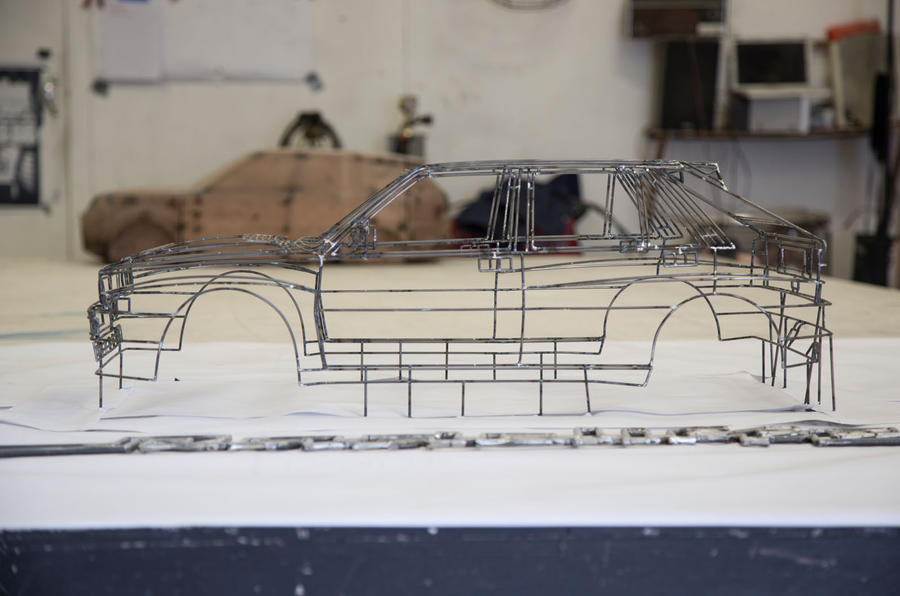
Radcliffe also works on full-scale projects, such as a JCB tracked excavator and a 6m-long Komatsu mining truck he’s building off site. It will take nine months and, at 1500kg, weigh 10 times one of his cars. With their trusses and overhangs, these pieces, he says, are more about structural integrity and engineering than playfulness and line, yet he still likens them to “big Meccano or Lego”.
As with any art, pricing is fluid. But for interest, Radcliffe sold that early Subaru for around £23,000, and Heathrow Airport paid £100,000 for the London taxi in 2014. So what’s next? The upcoming F40 is destined for the Classic Car Club in New York and, beyond that, perhaps a Peugeot 205 GTi or Kremer Racing Porsche 935. Then his eyes light up as he recalls another from the wish list, instantly revealing why his work resonates so deeply with rabid petrolheads: he is one. “I absolutely love the Ferrari 288 GTO. Oh my God, those wheel arches: absolutely filthy!”
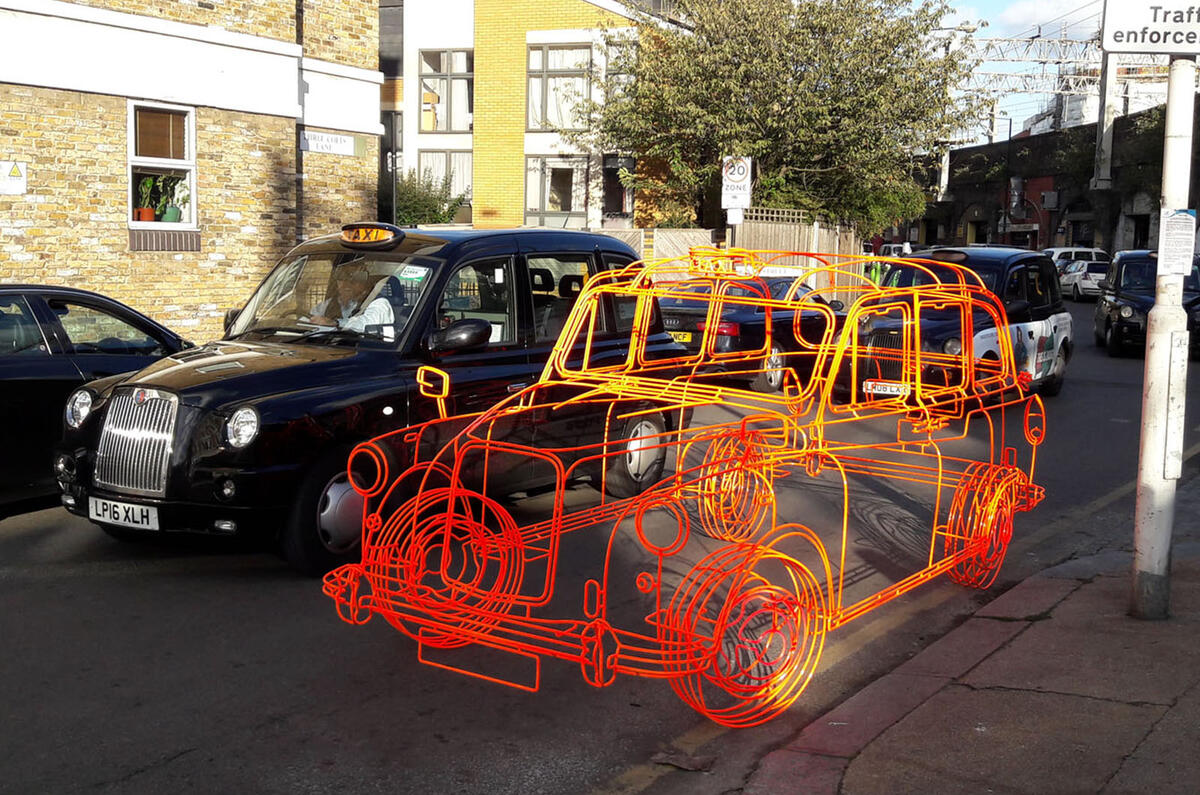

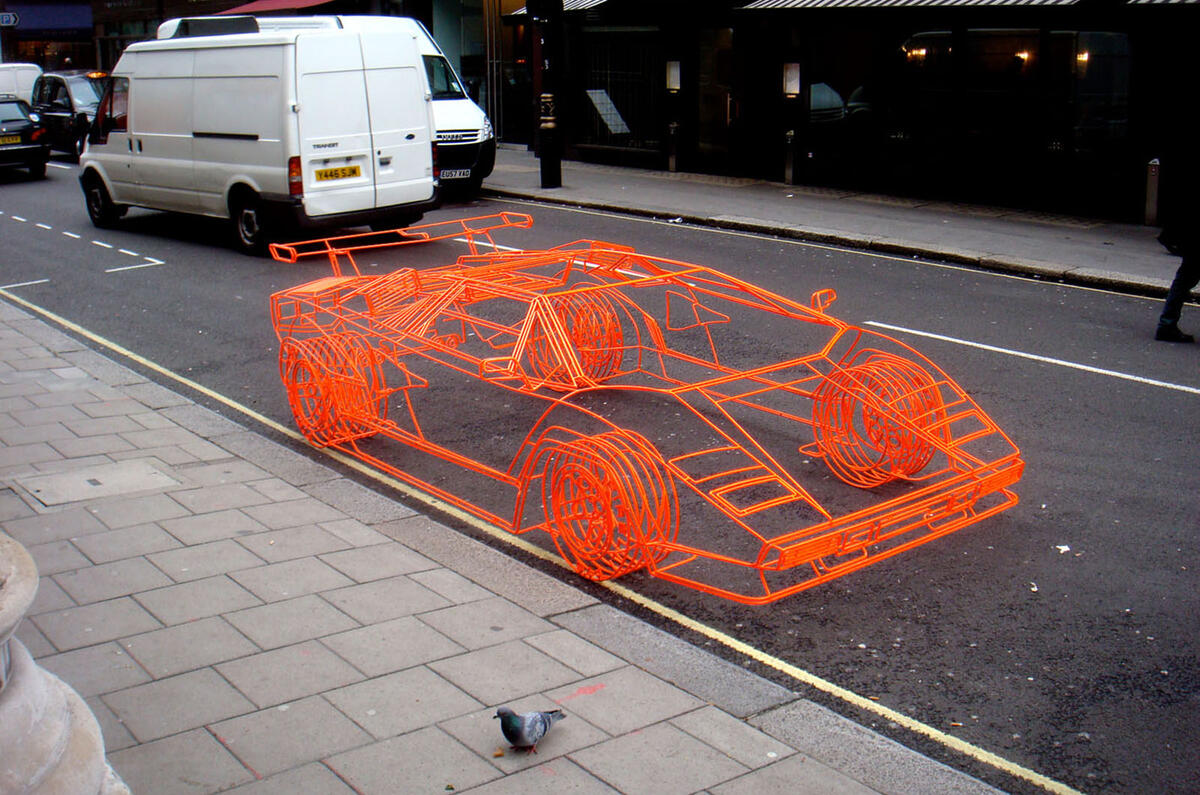
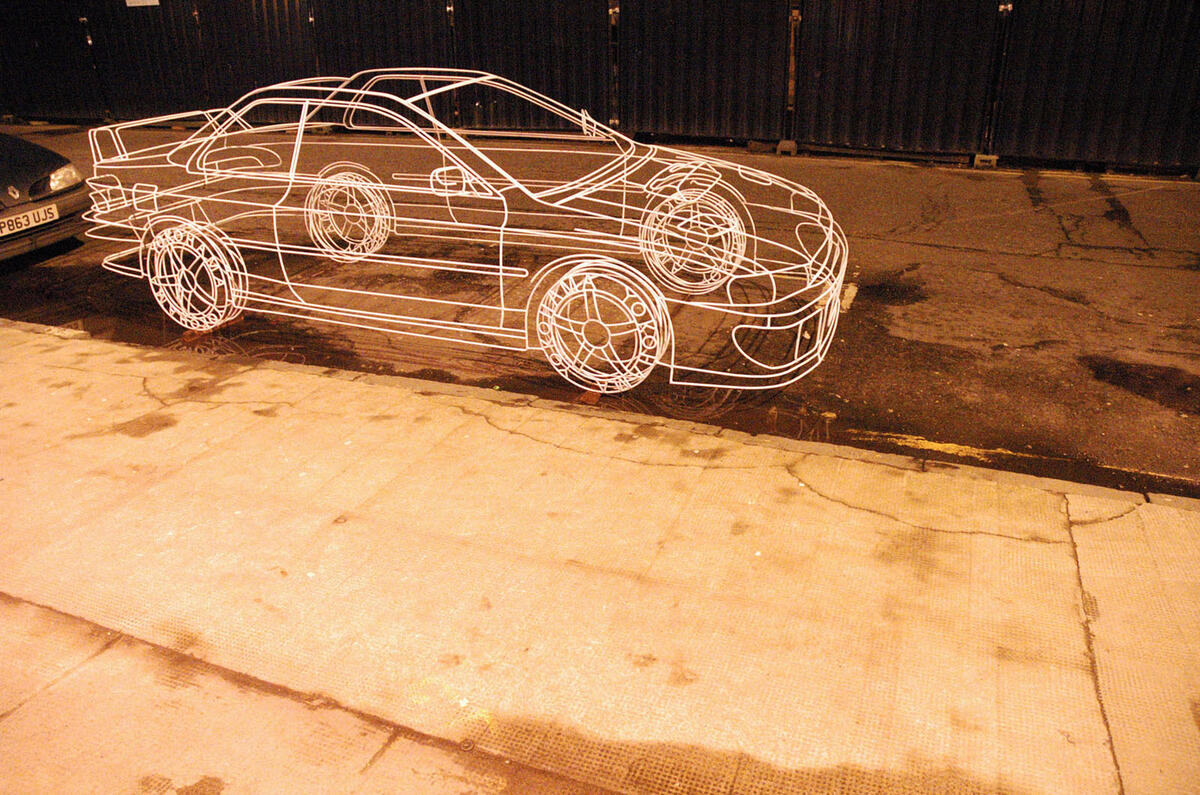
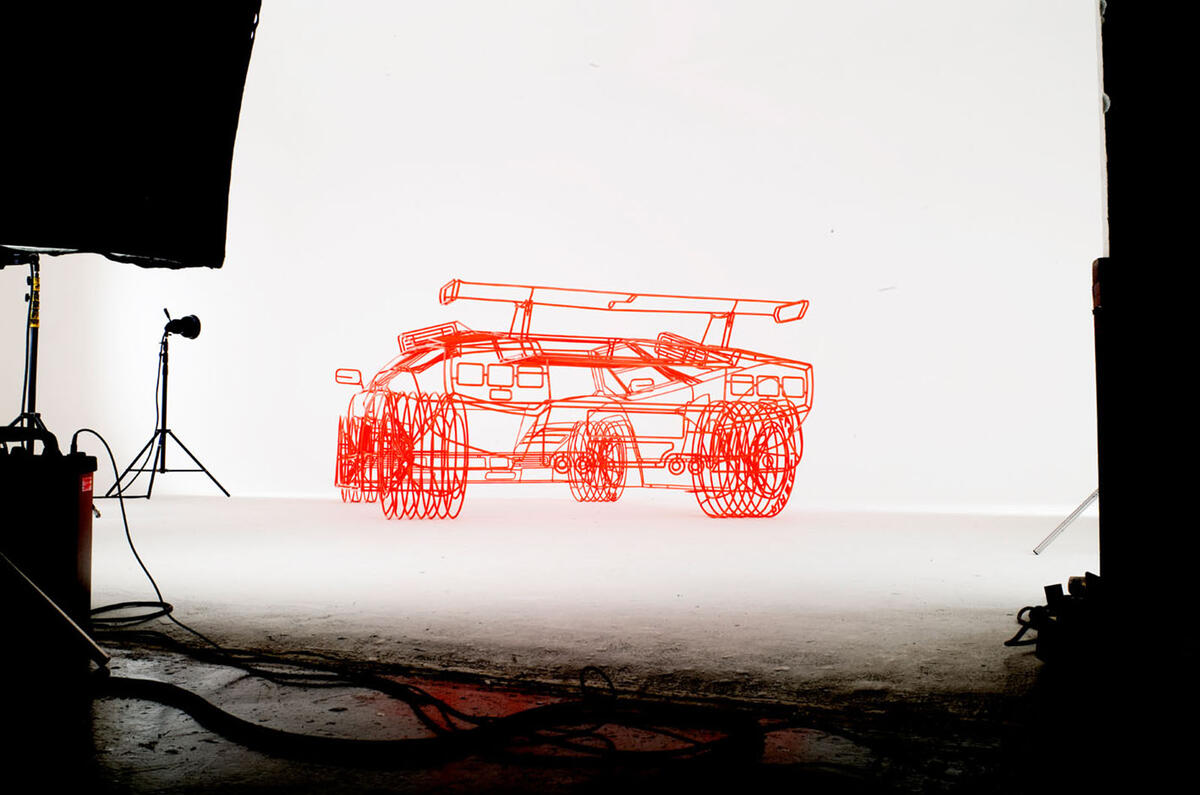
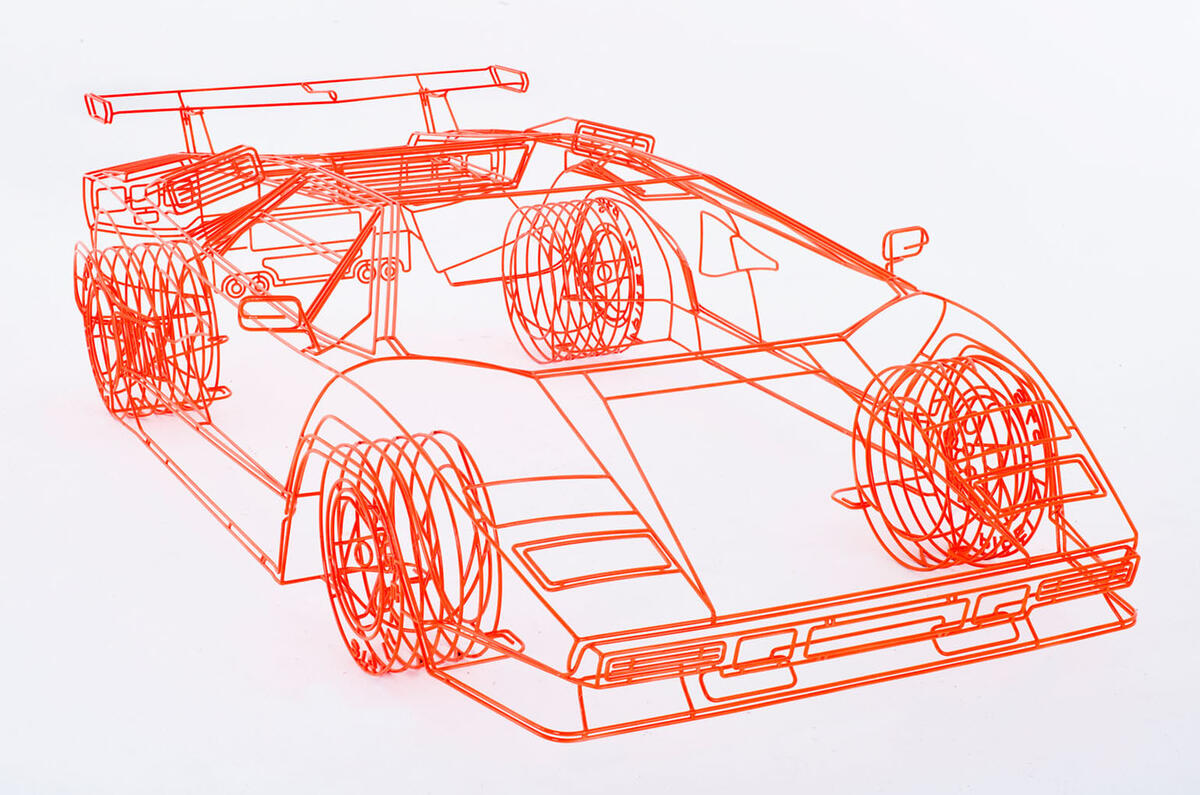
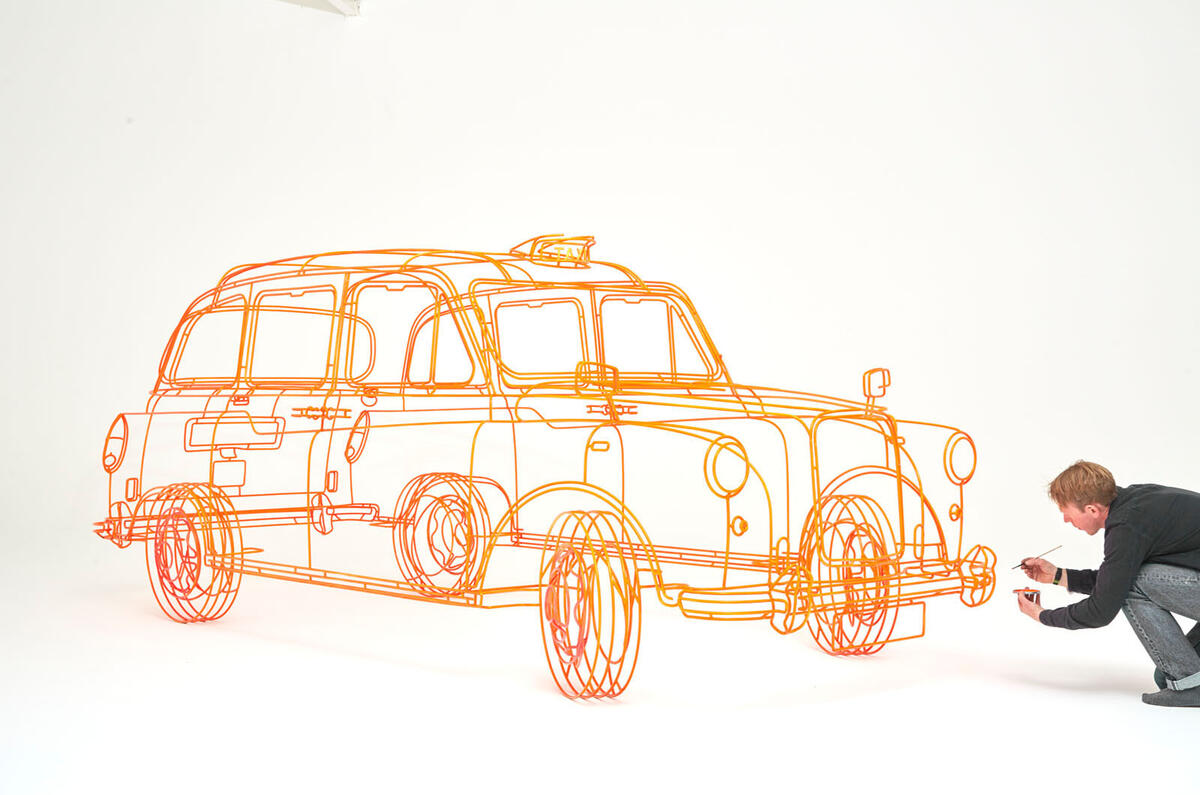

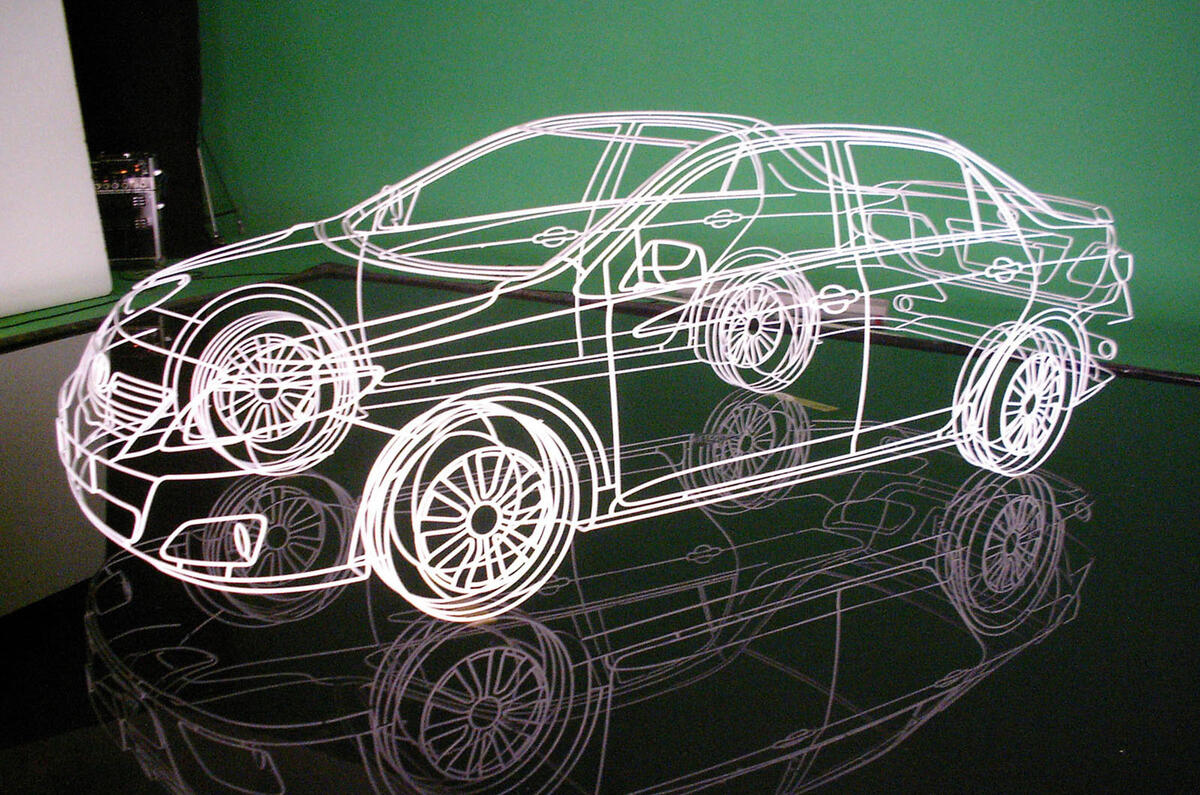
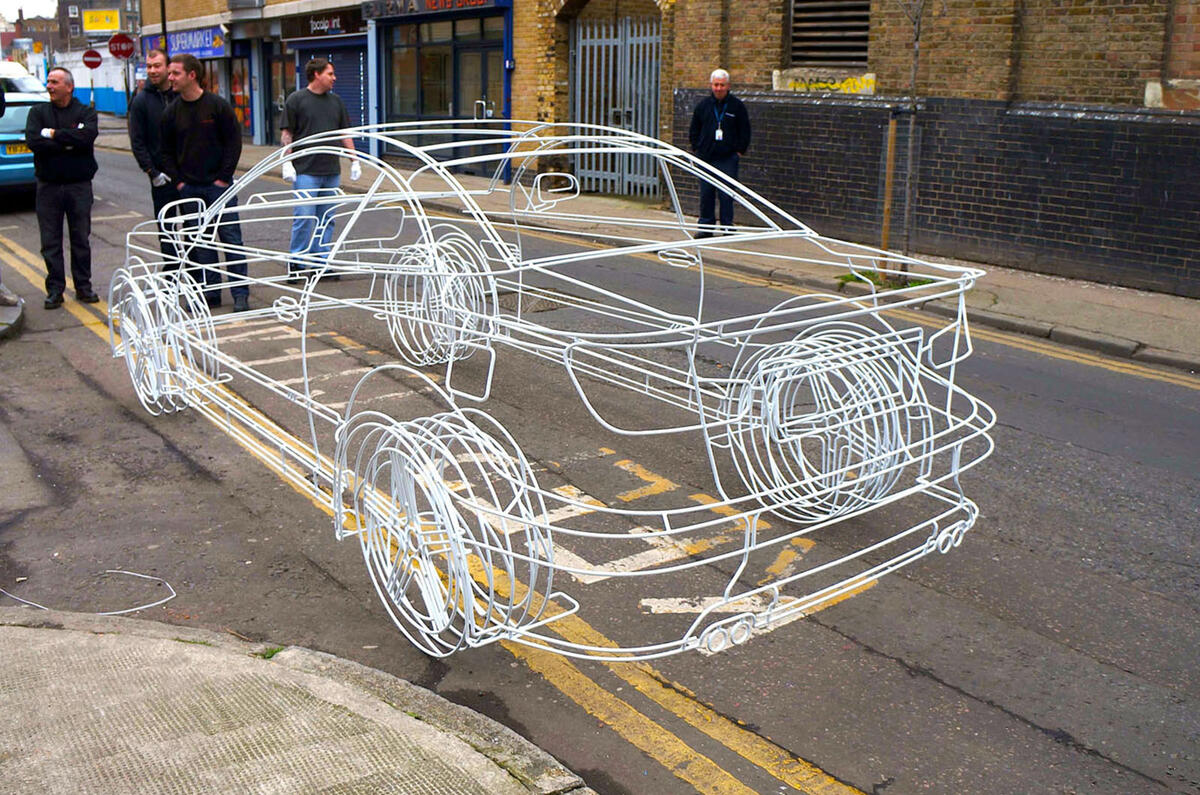
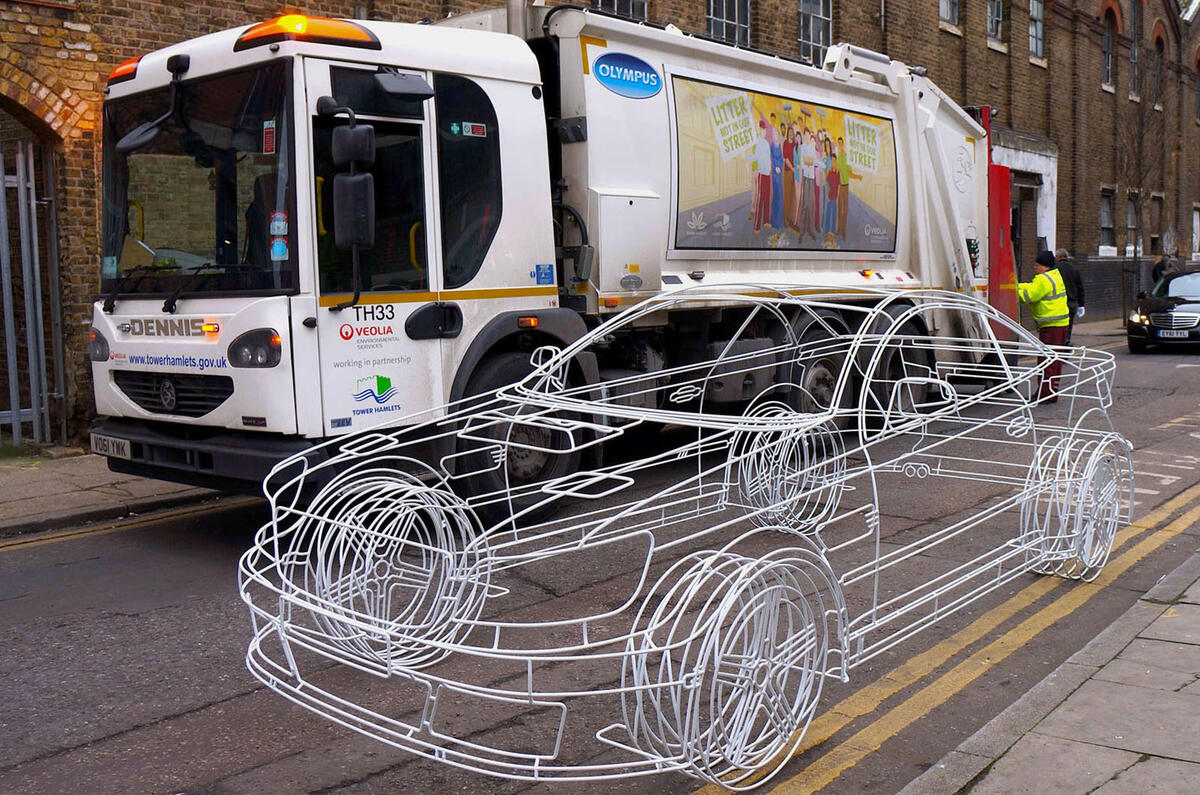
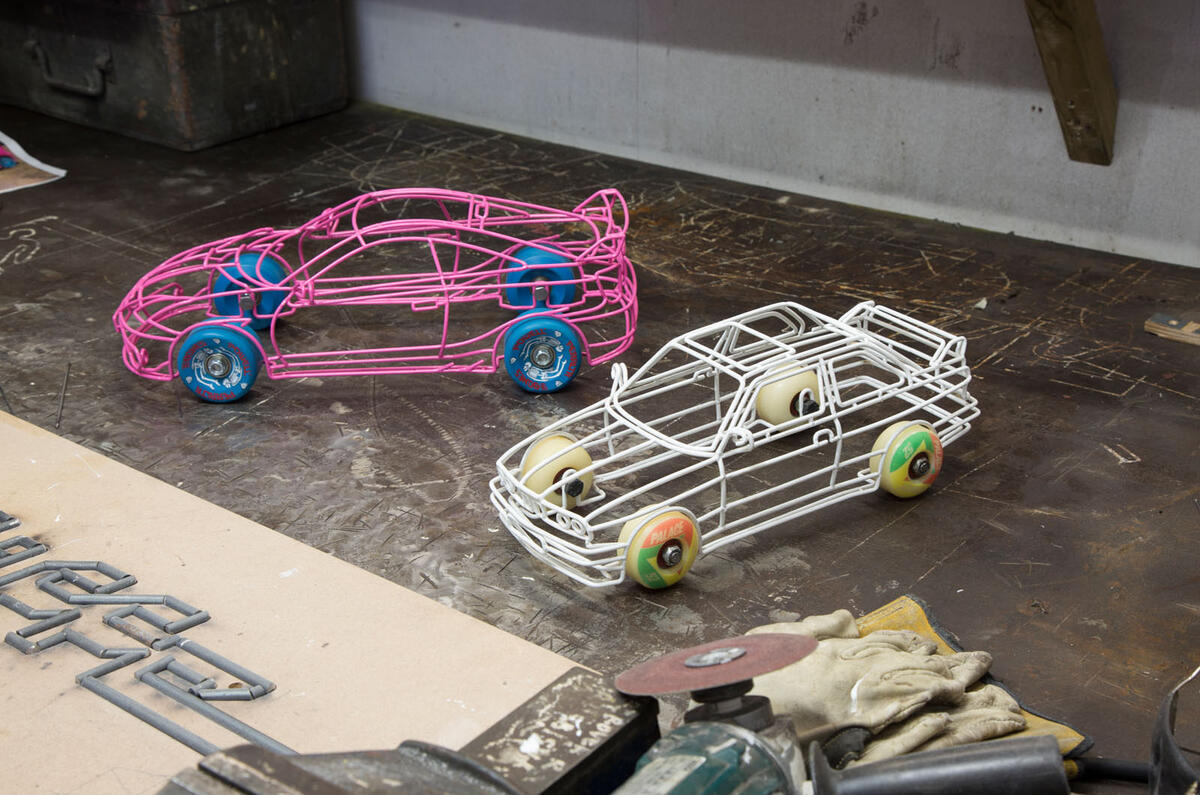
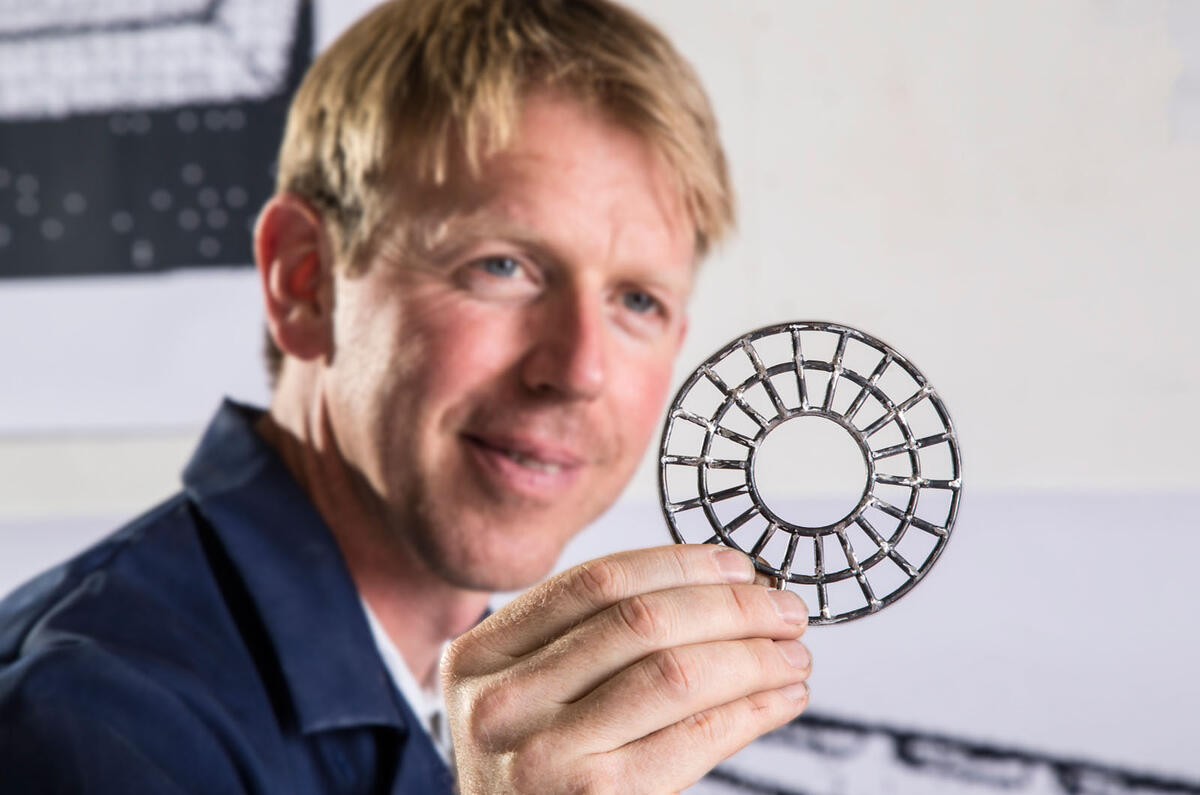
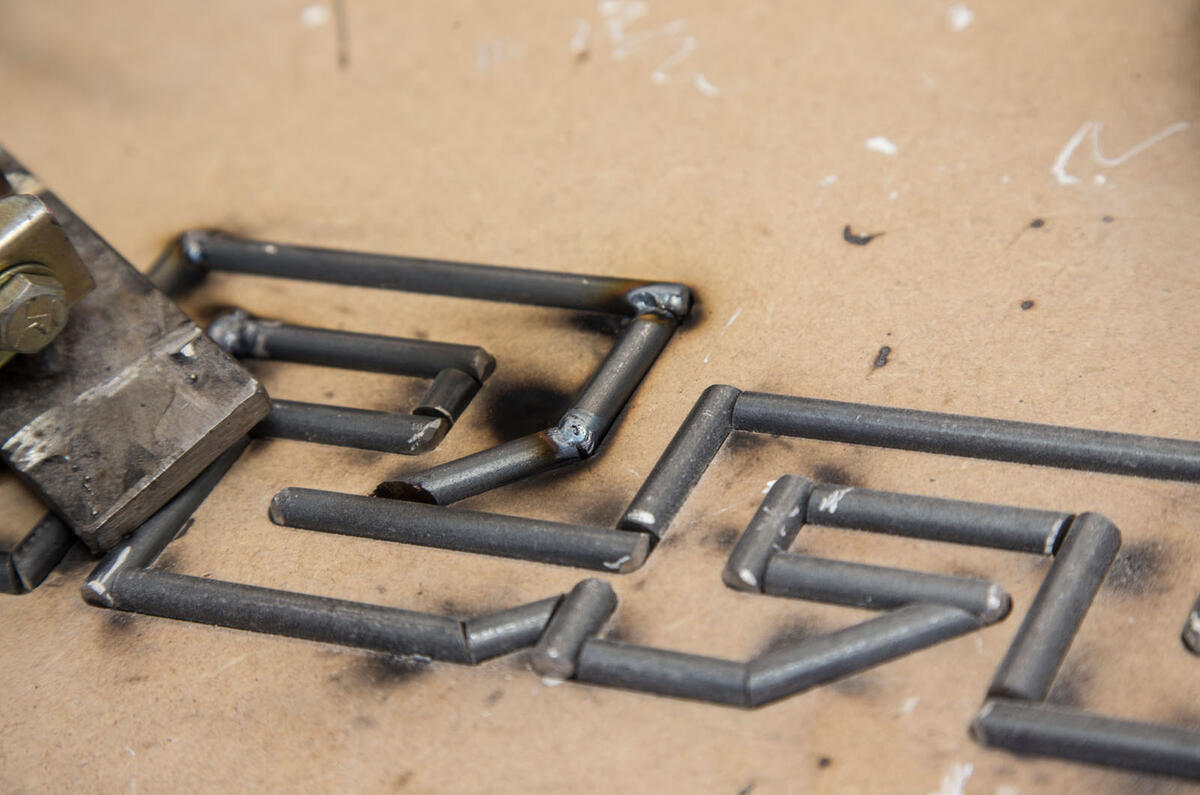
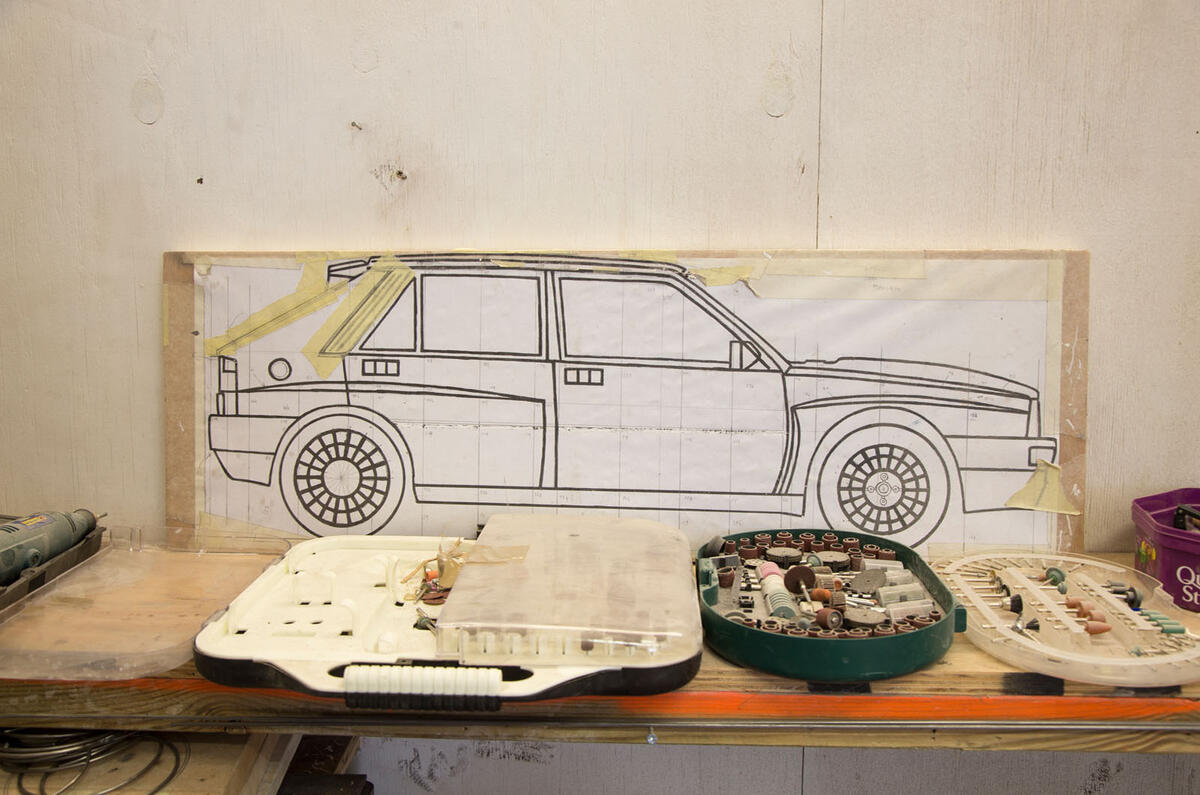
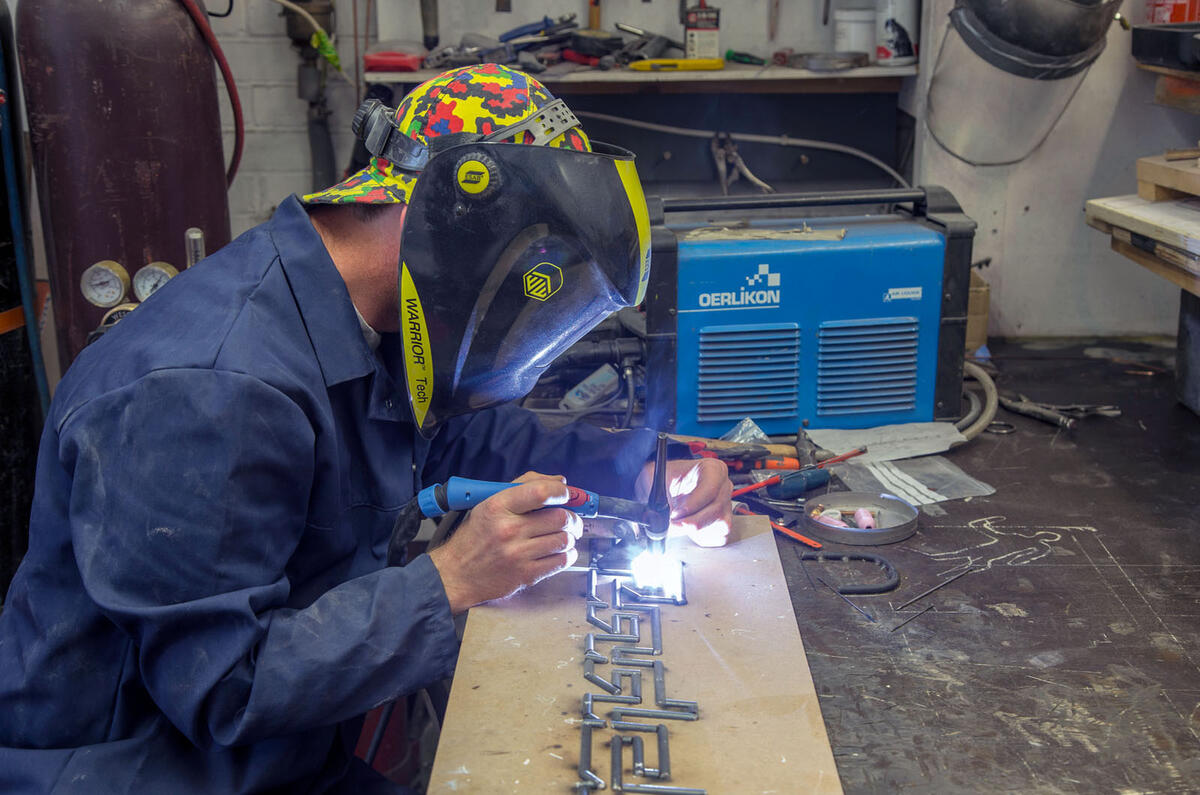
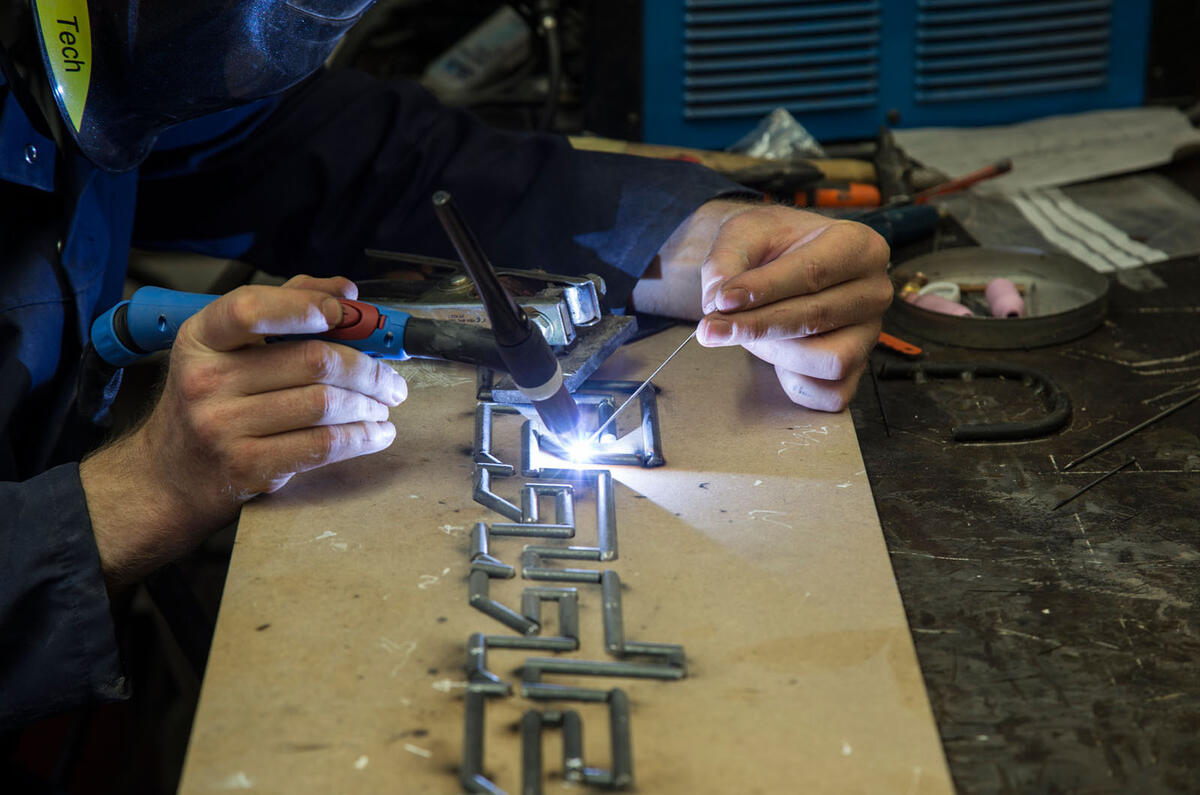
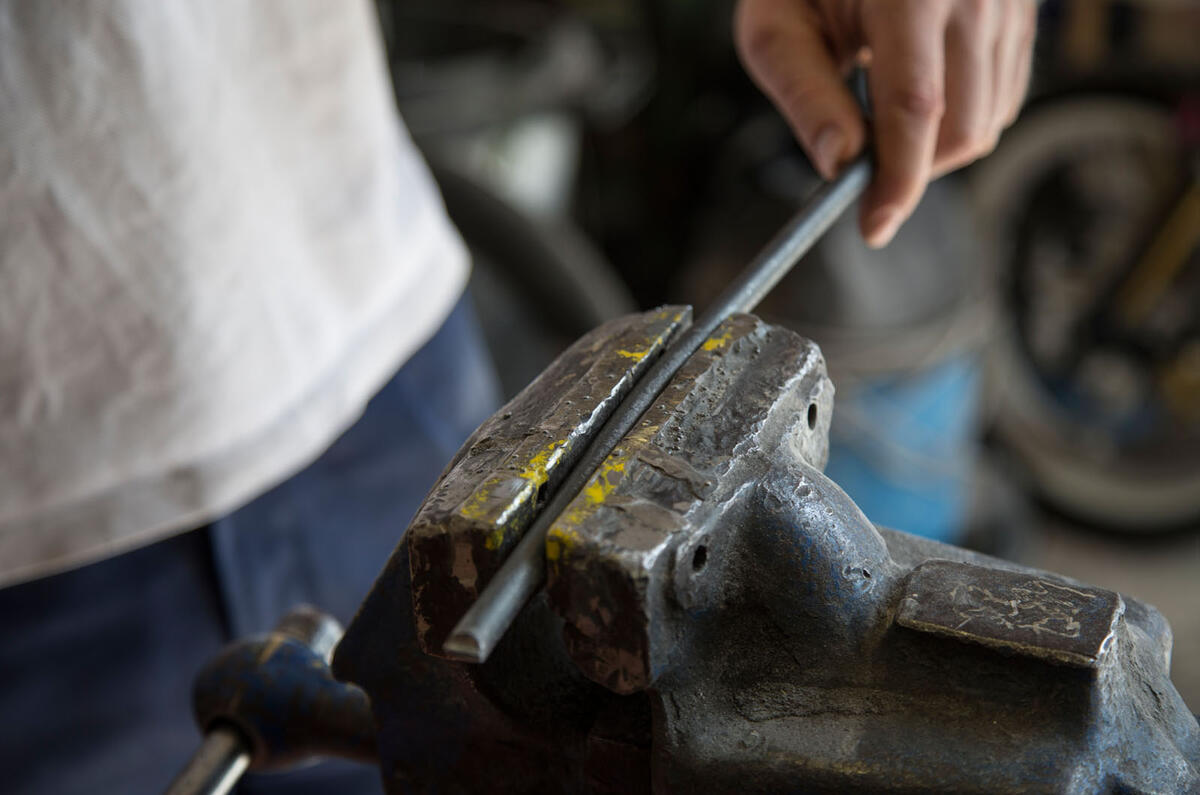
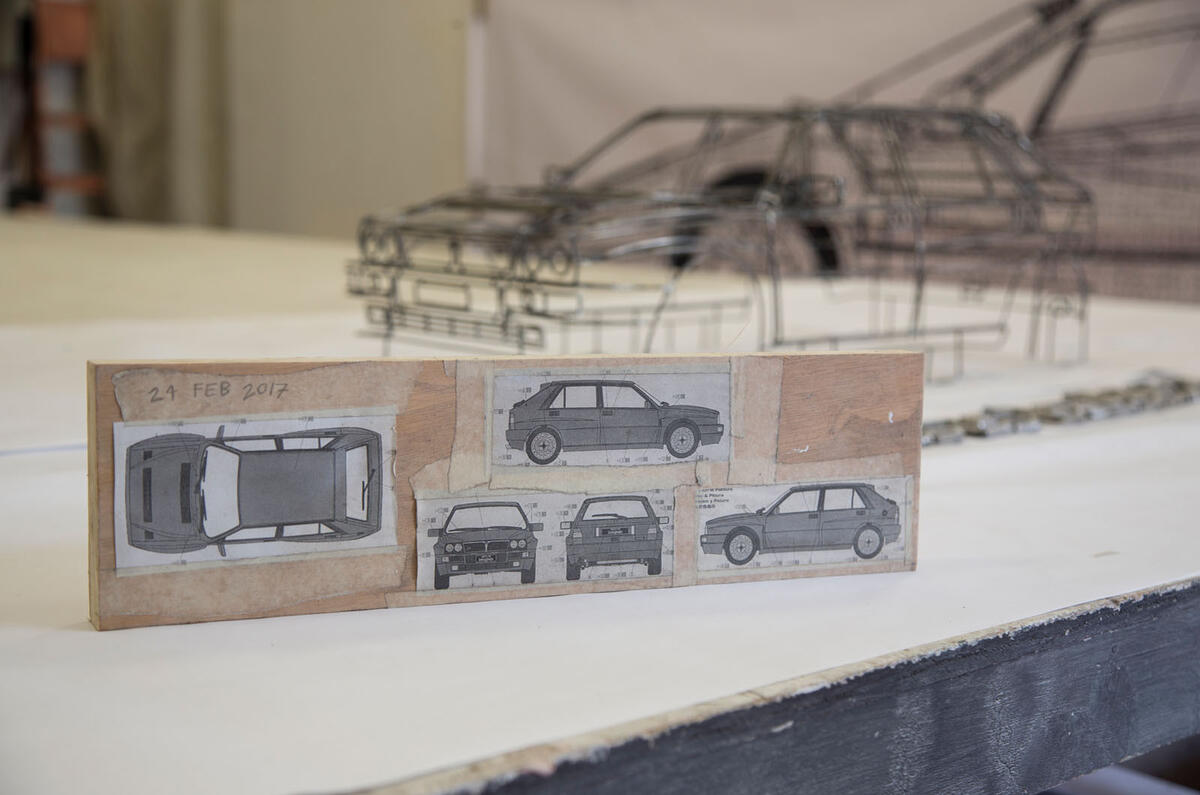
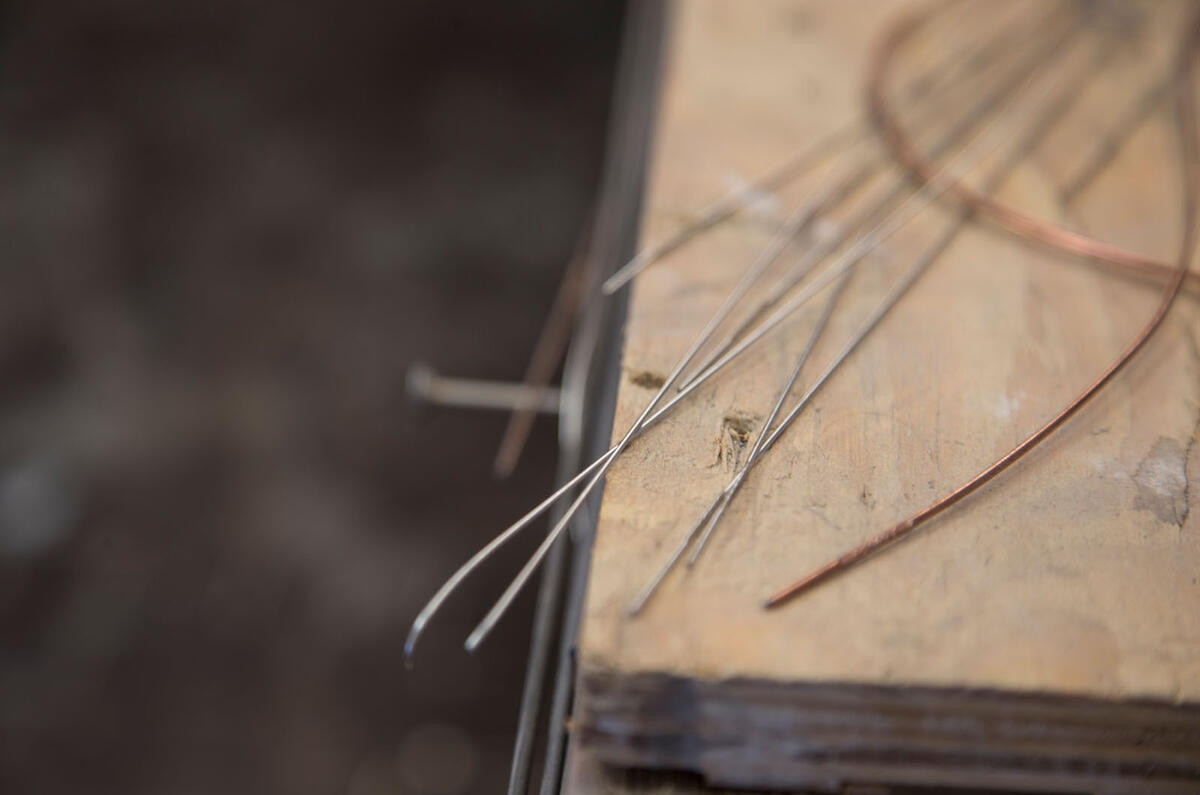
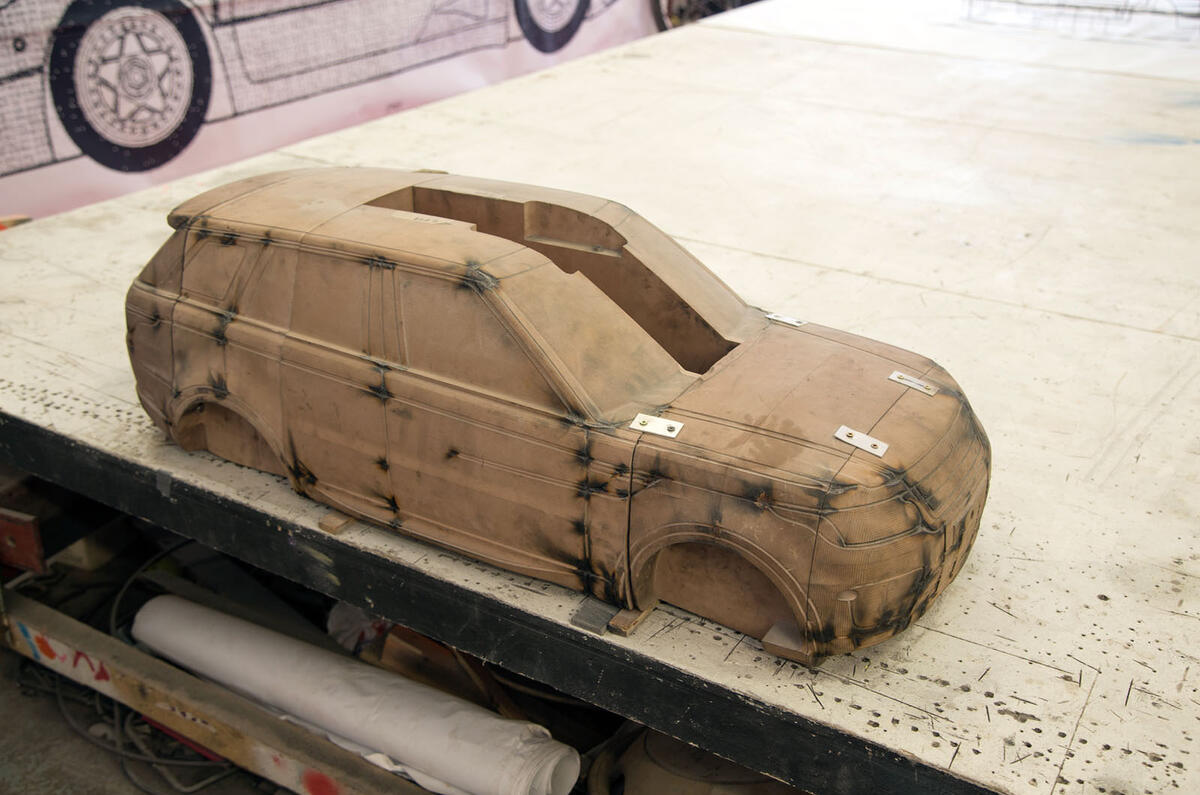
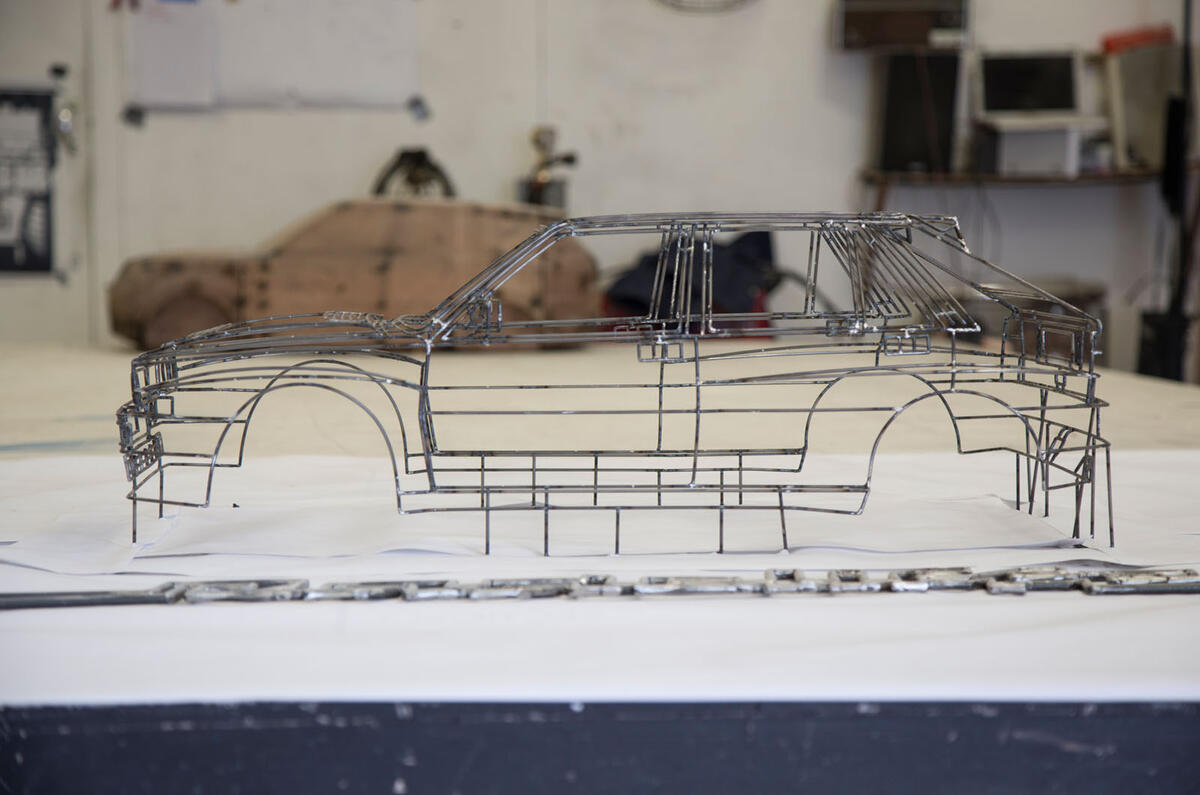
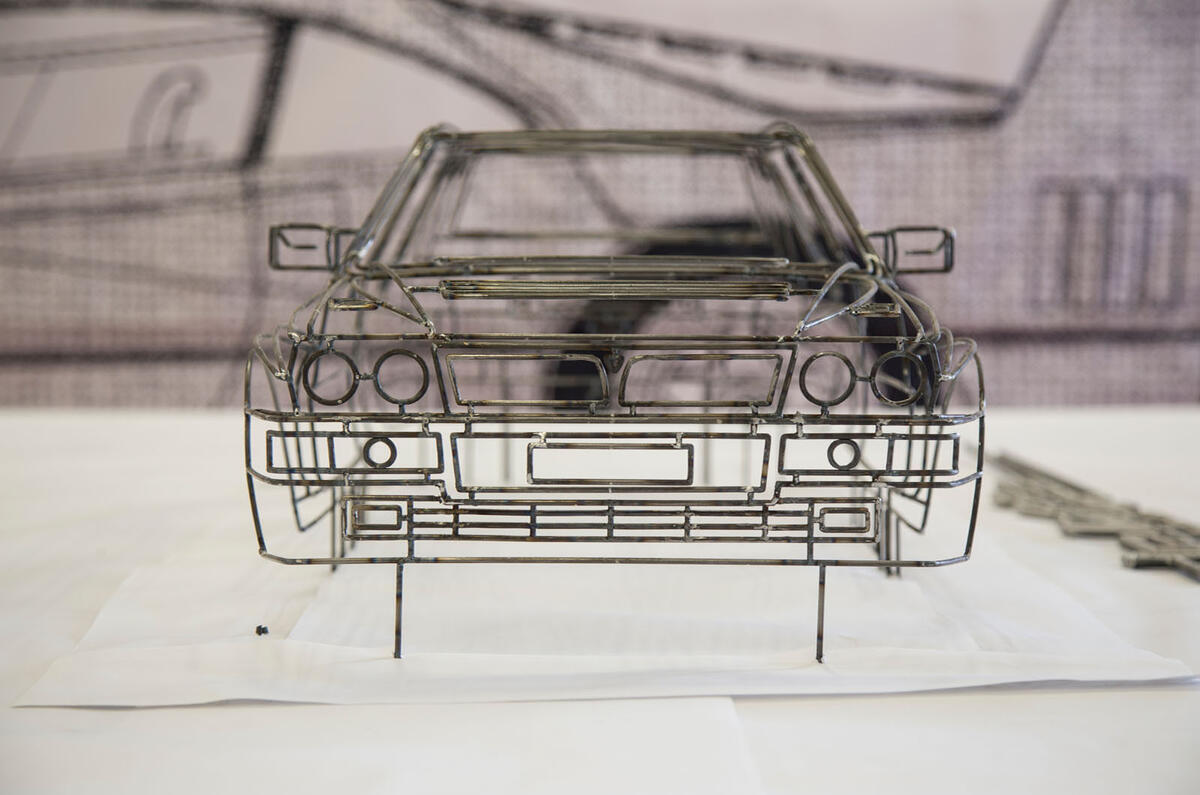
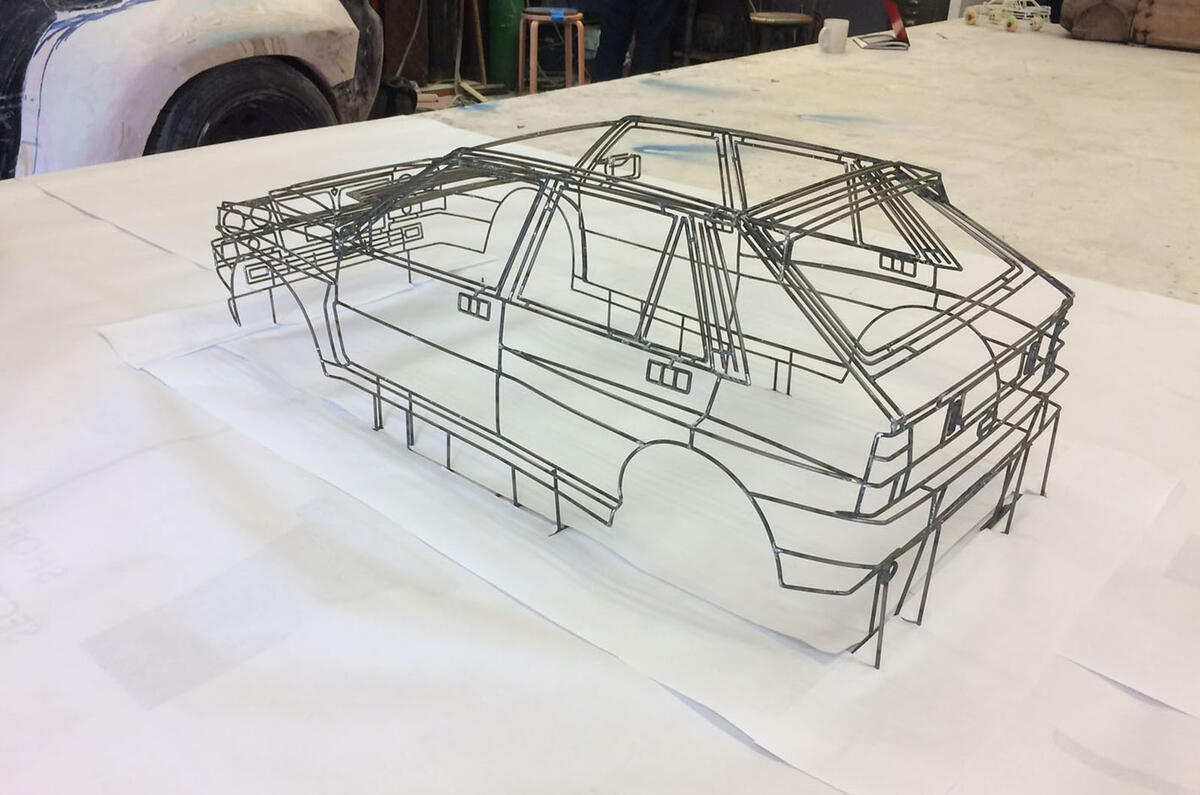
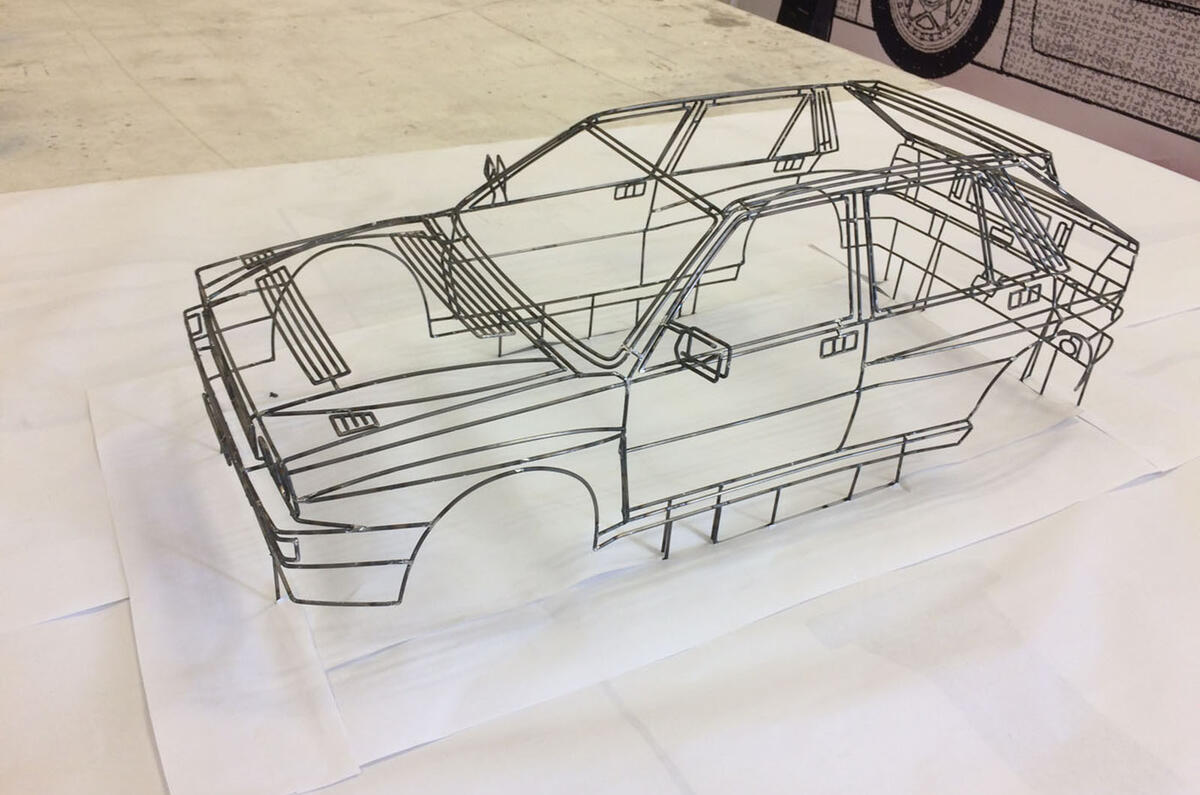
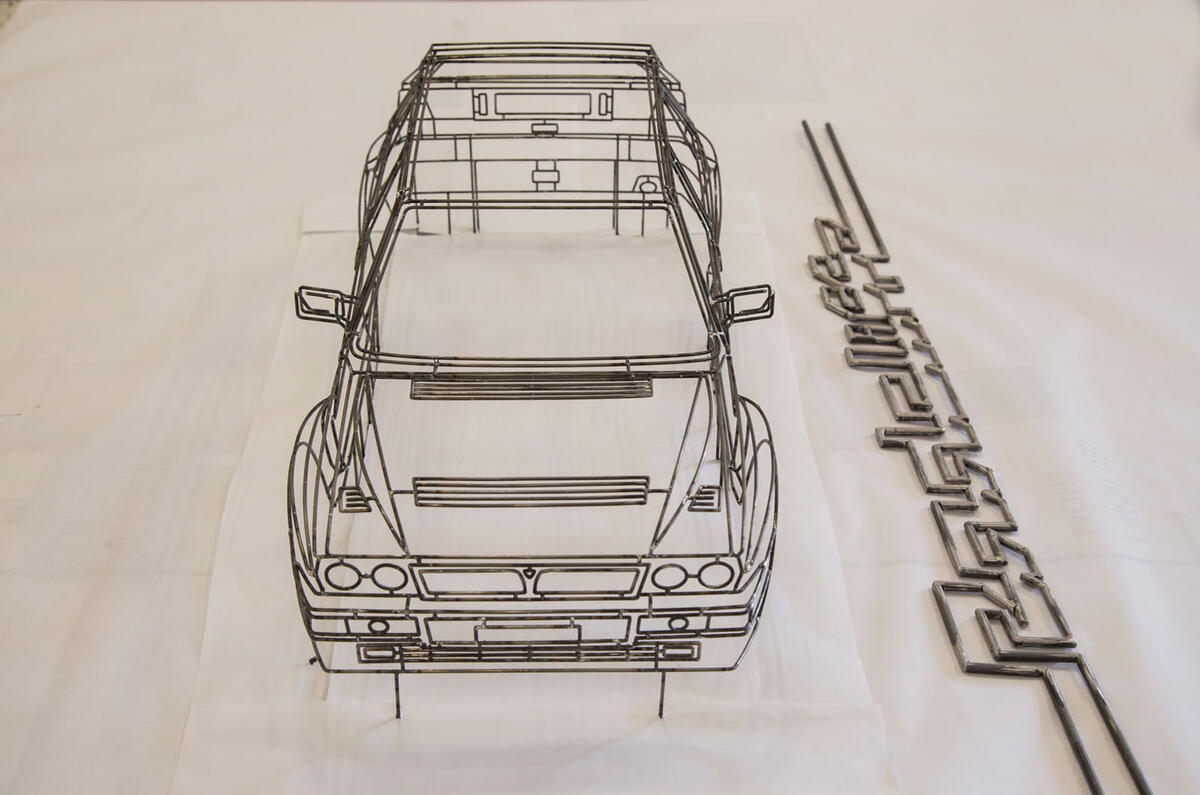
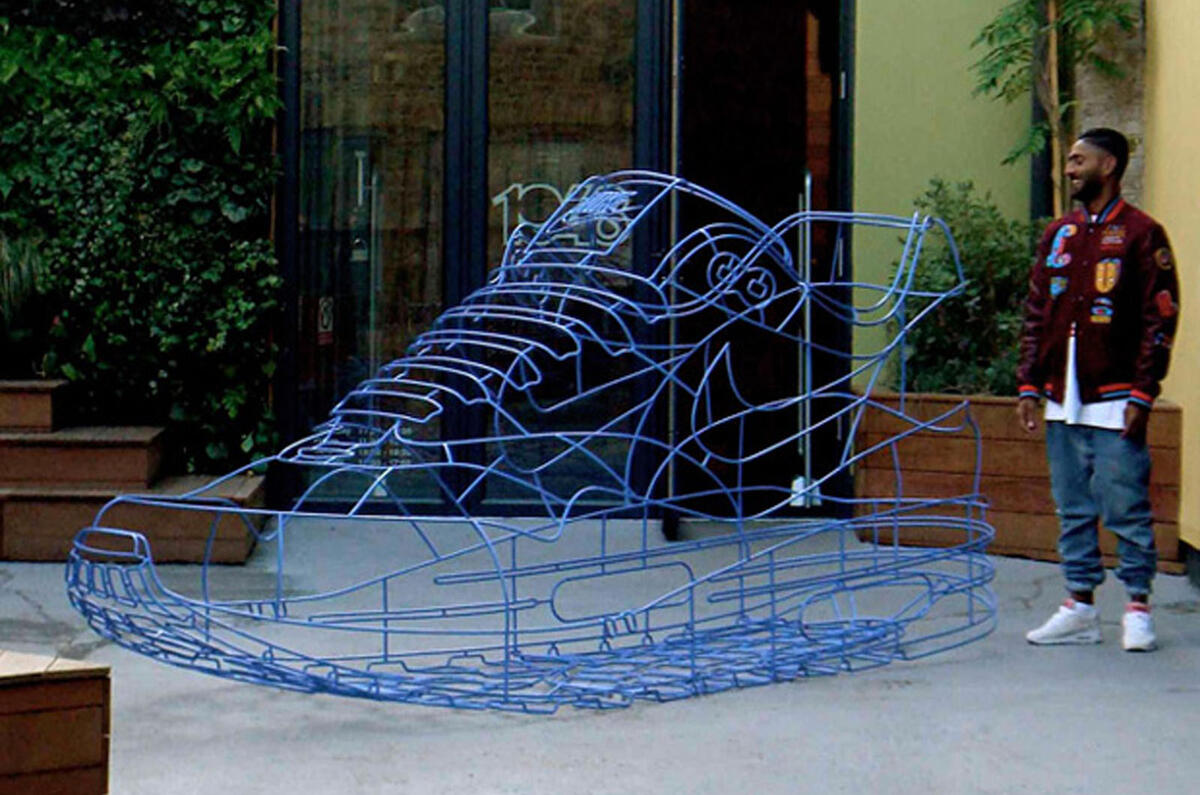
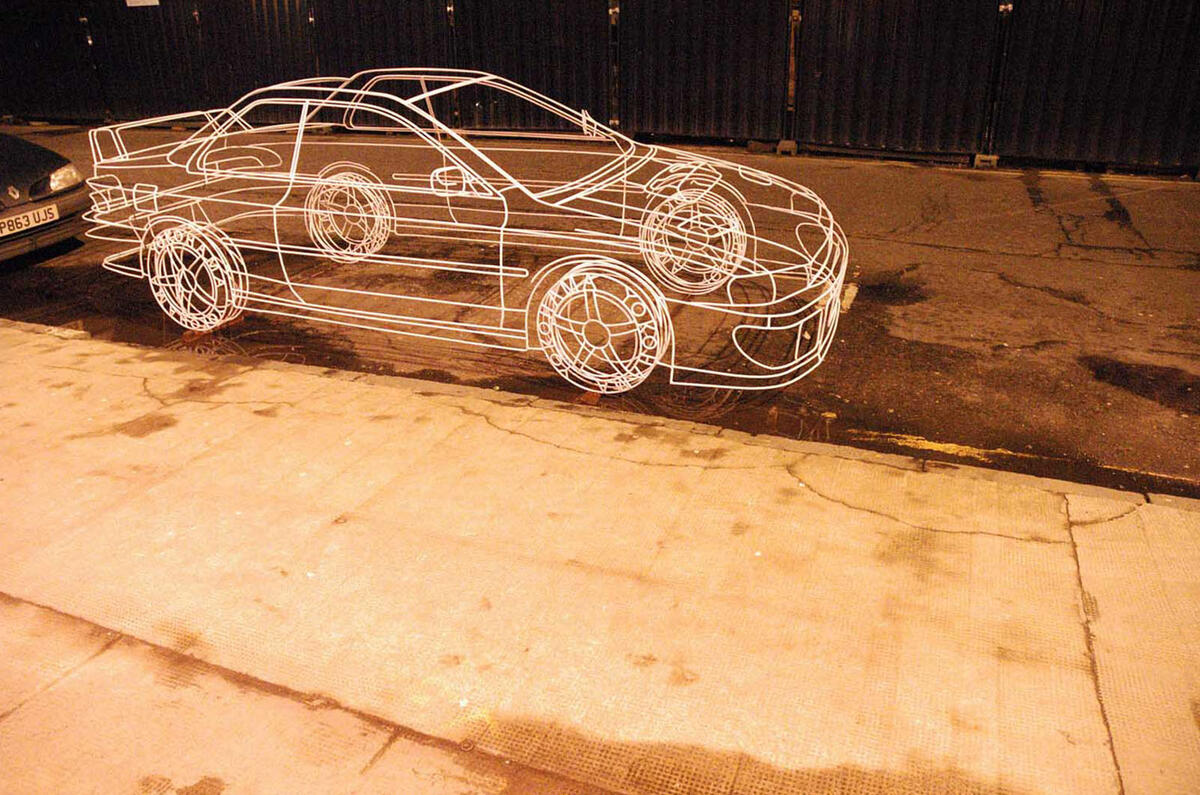
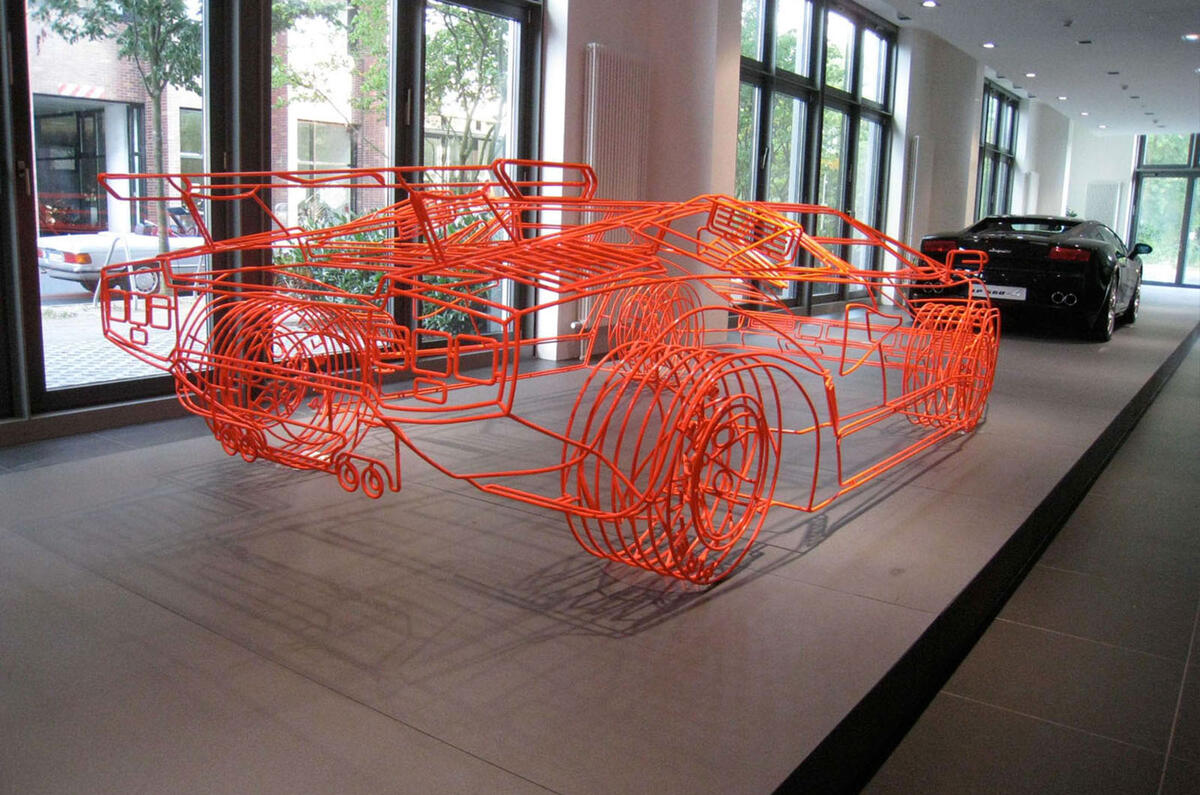
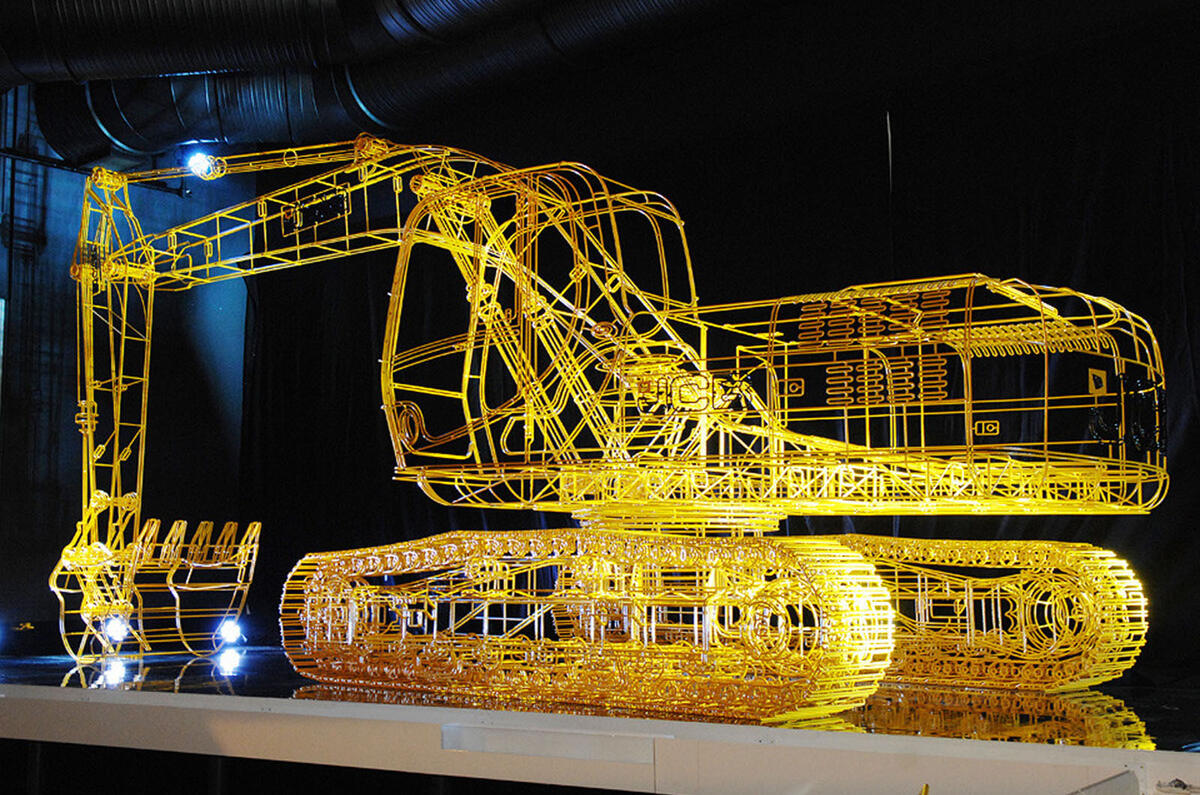
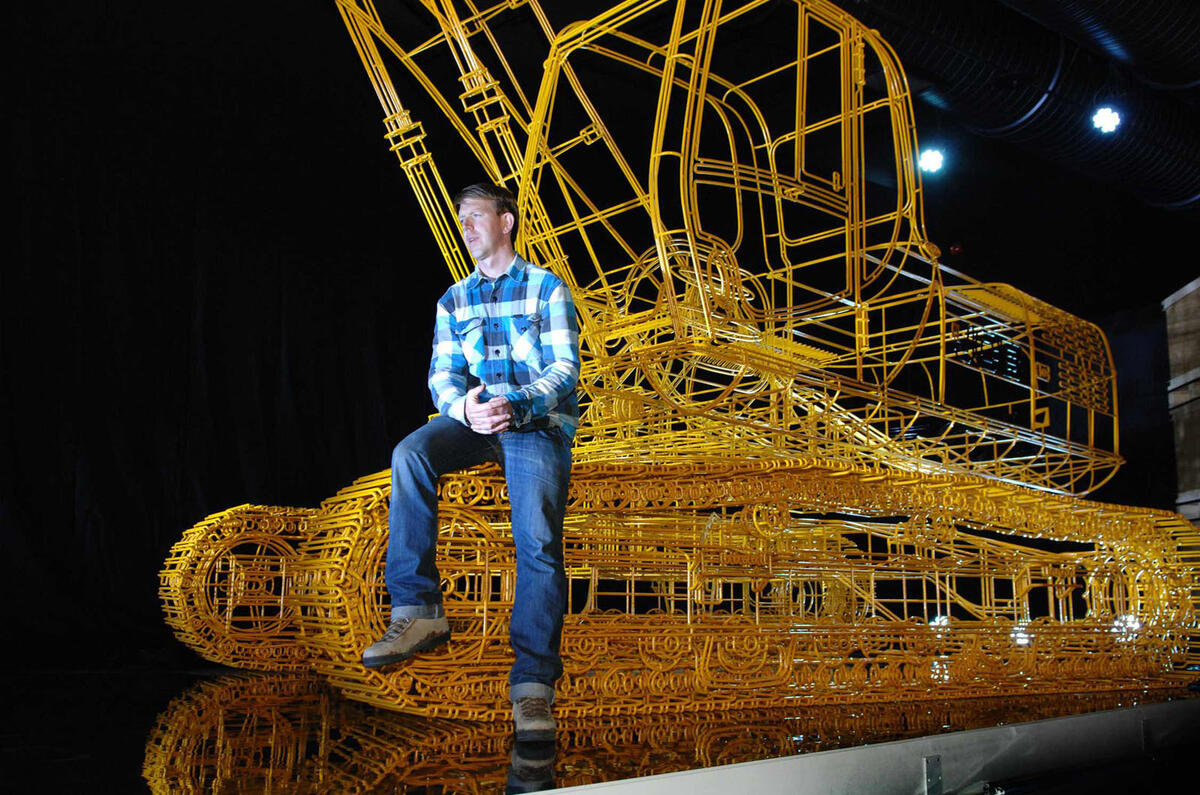
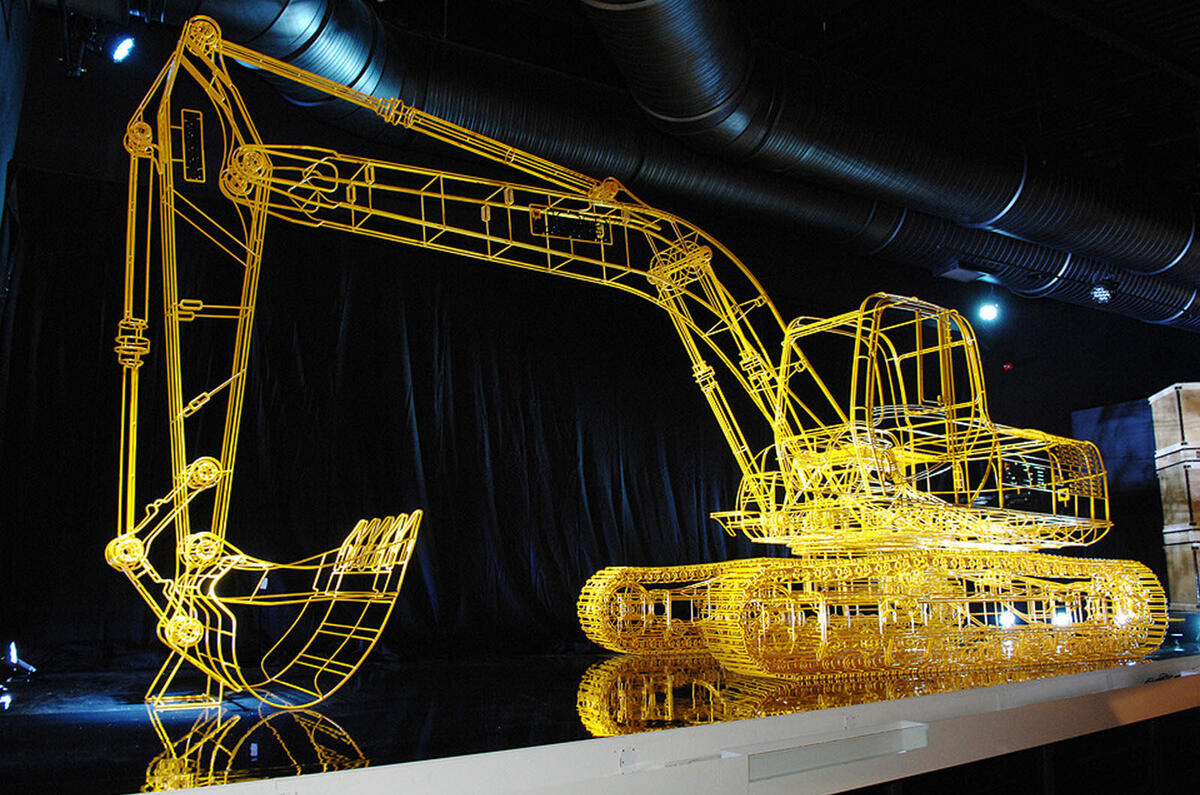
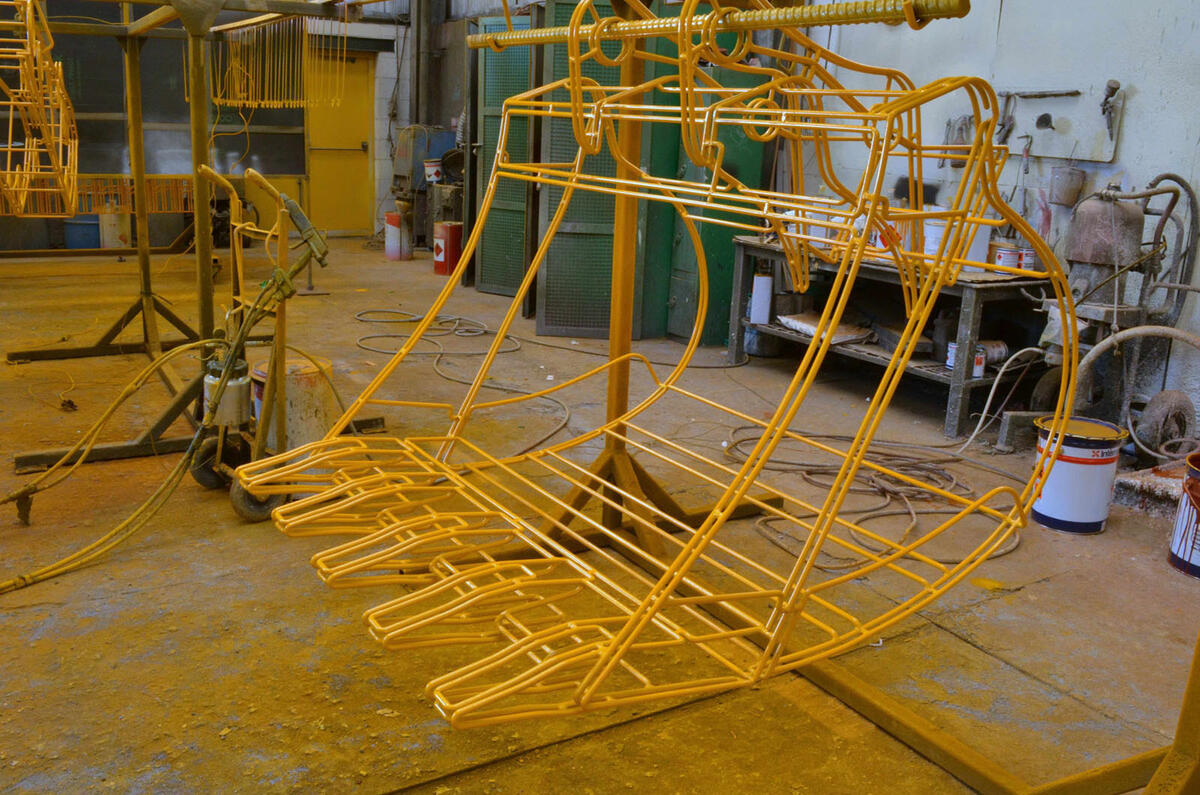

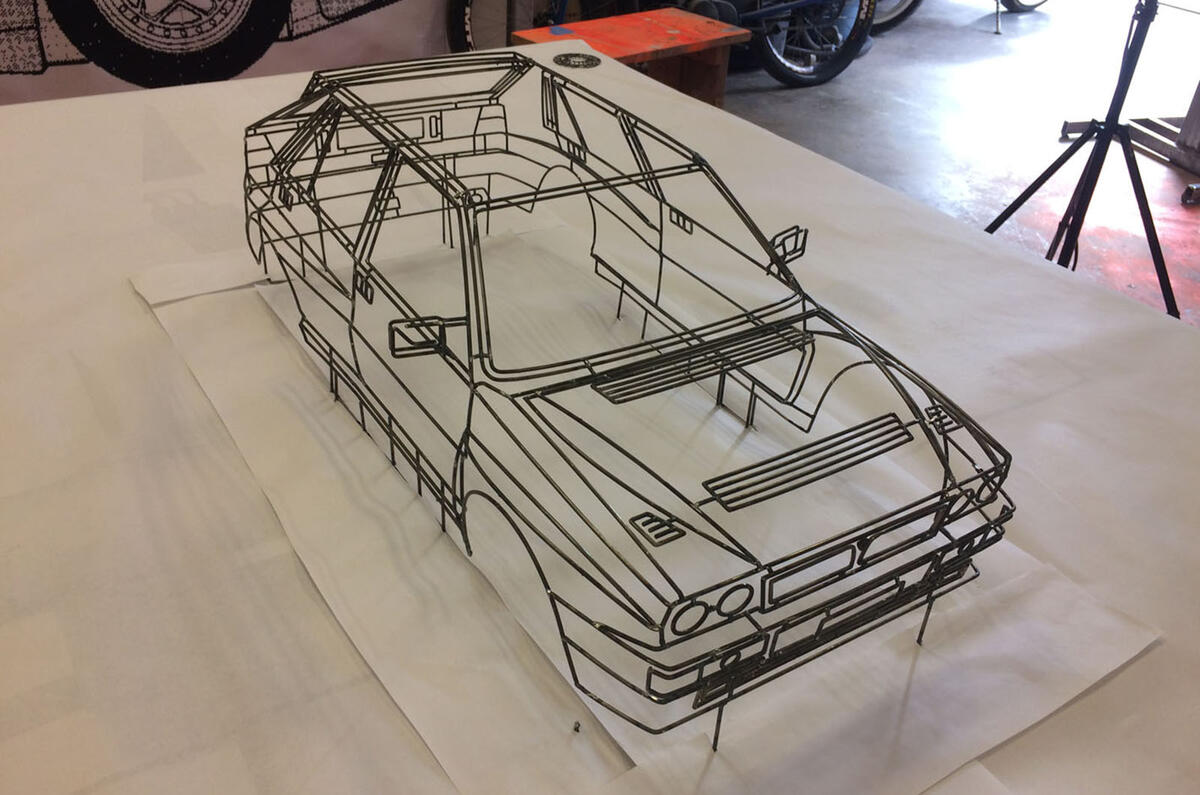
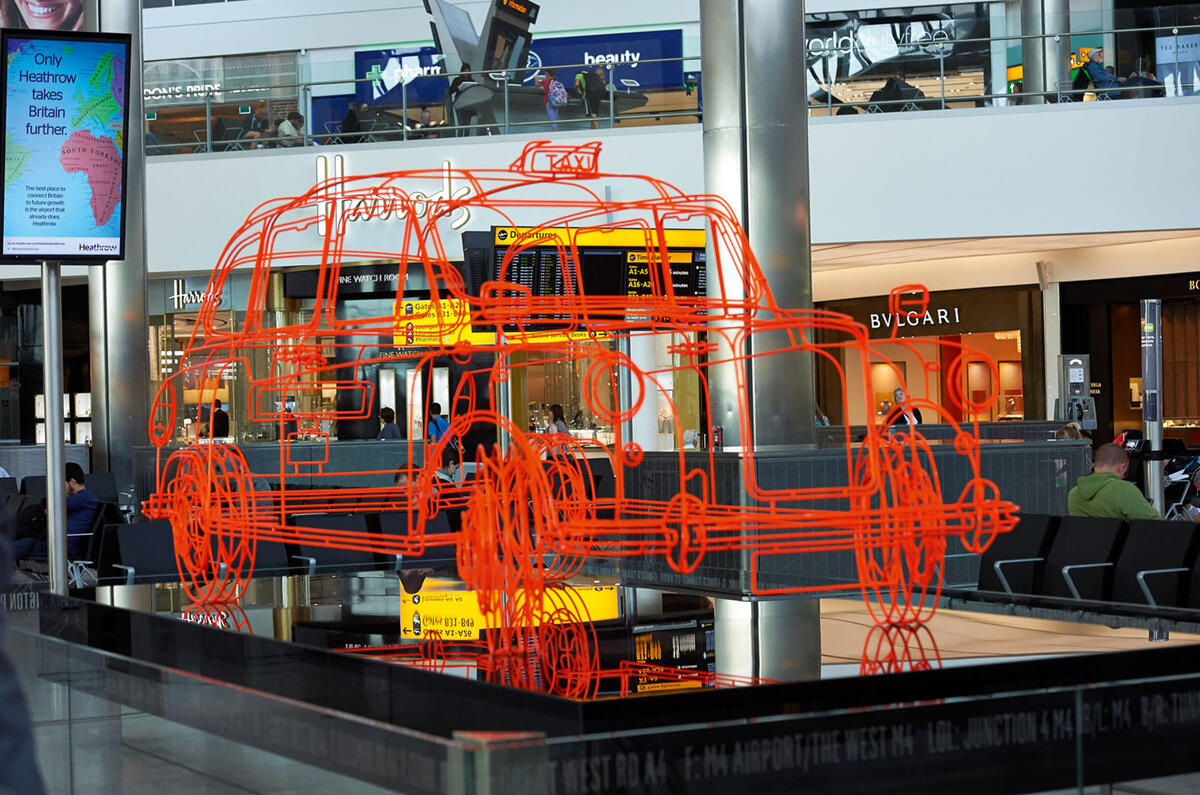

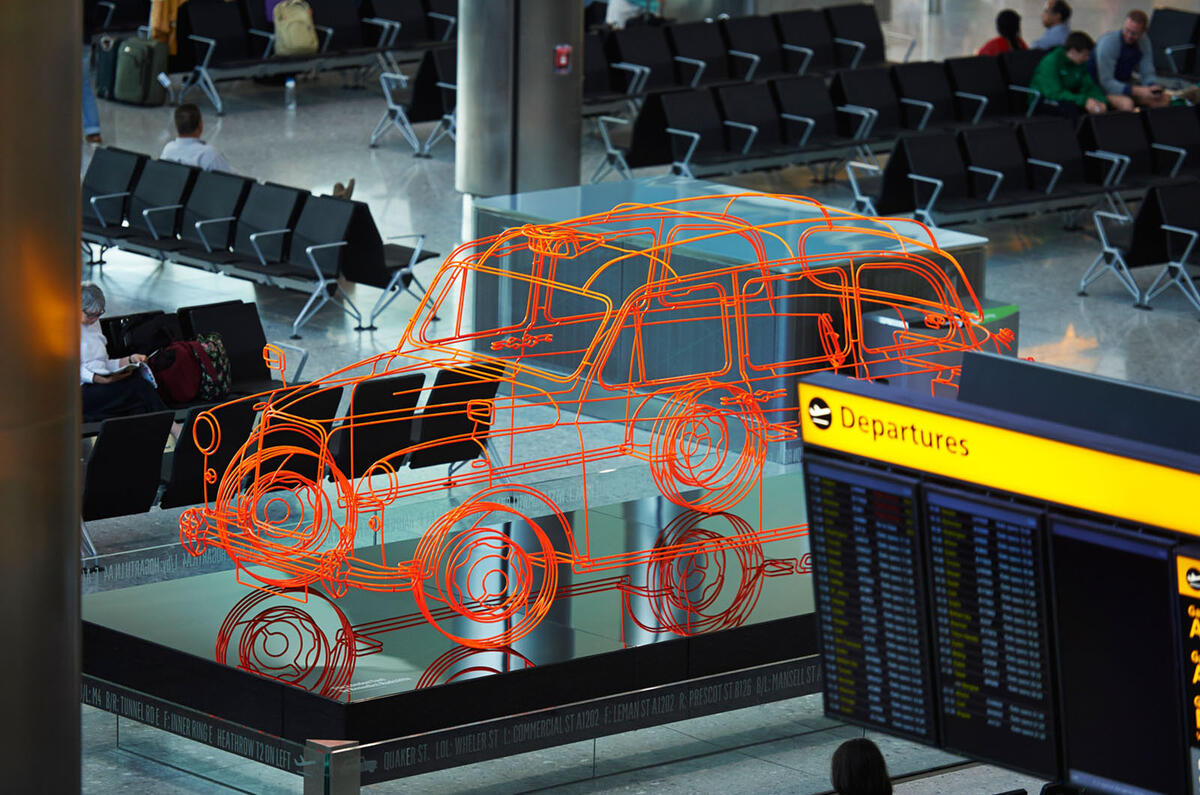
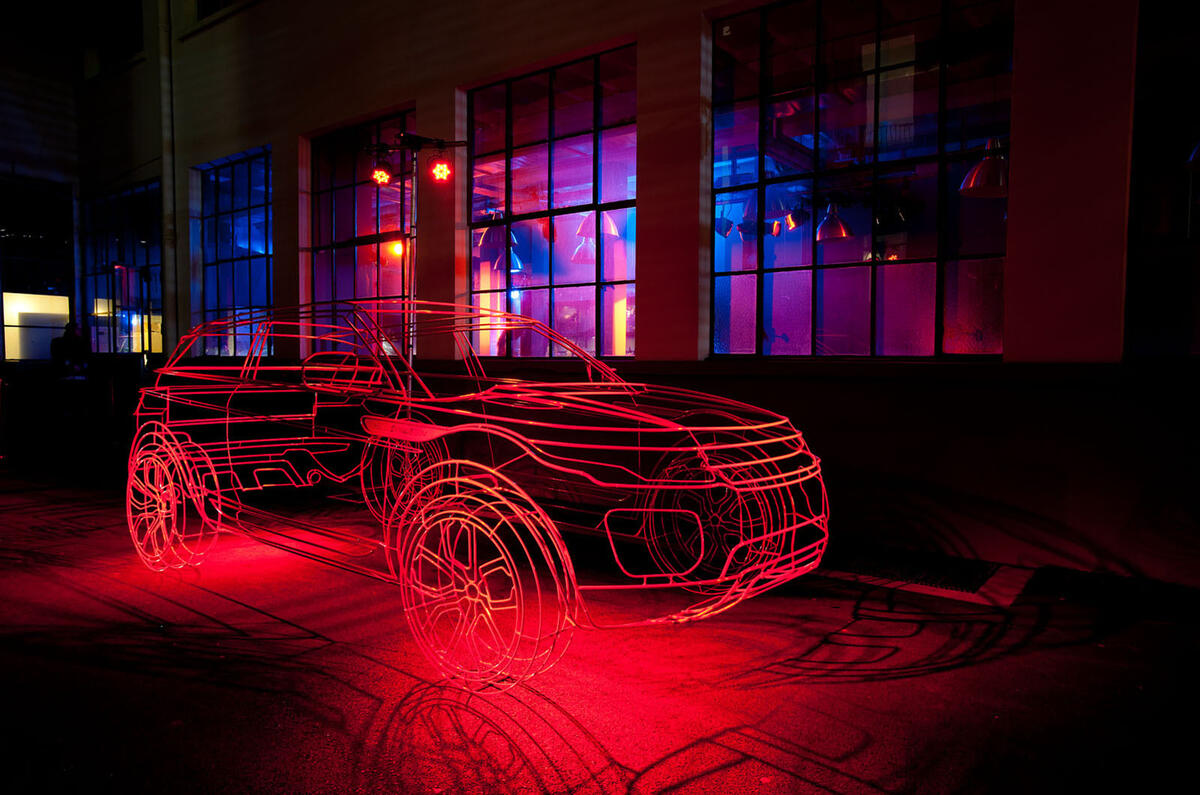
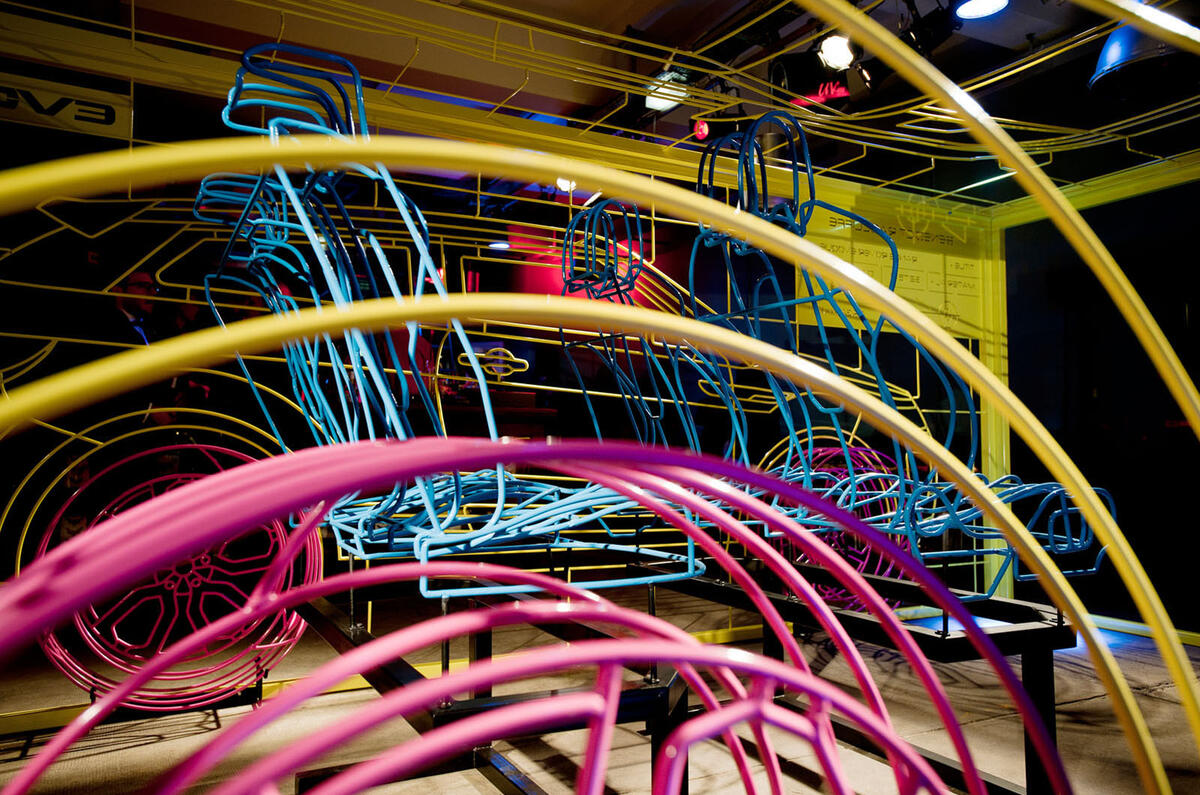
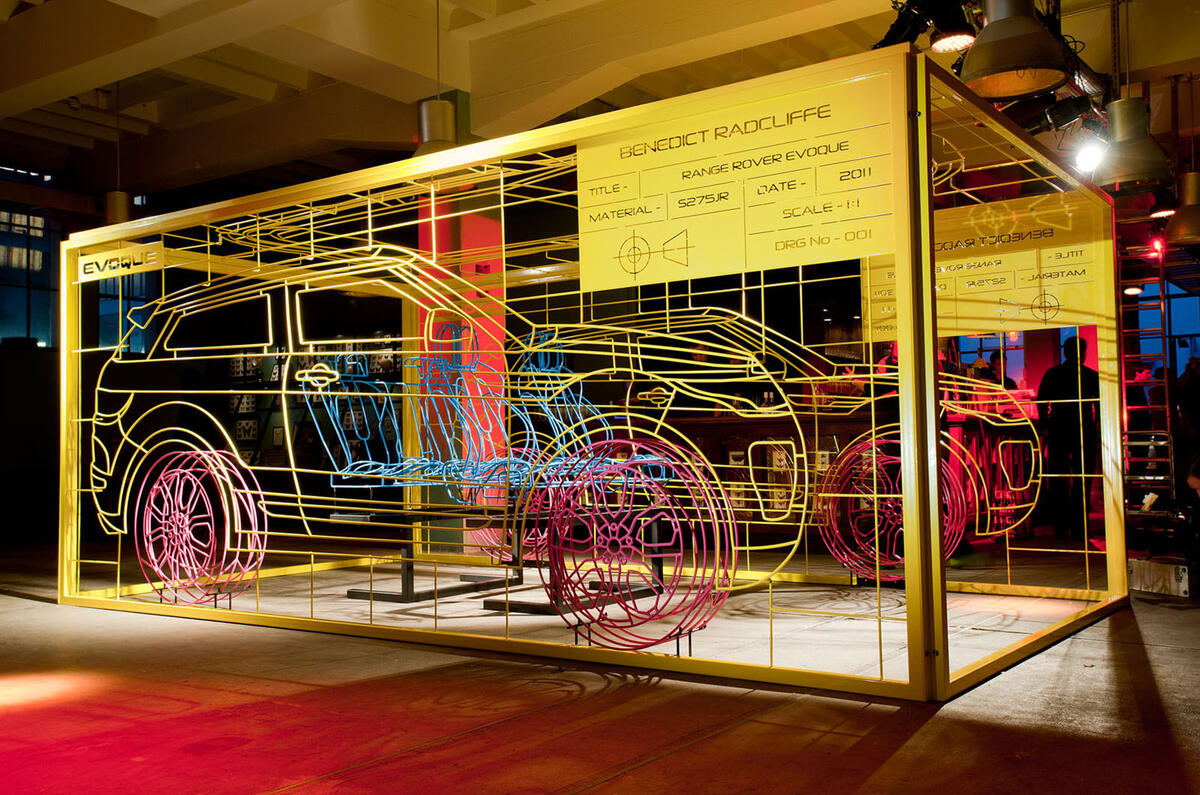
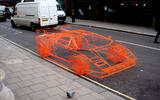
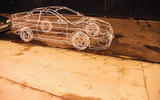
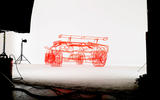
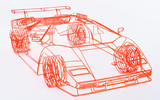
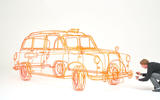
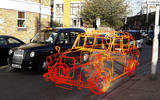
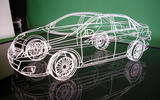
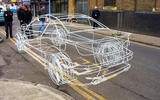
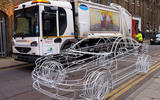
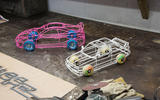

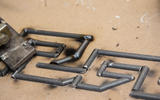
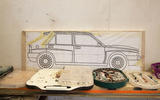
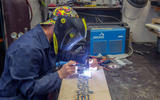
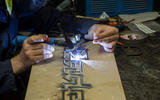
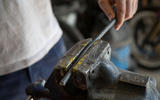
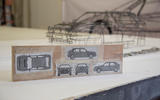
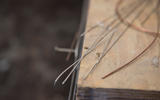
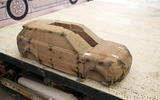
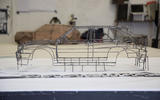
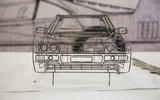
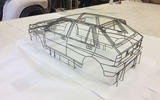
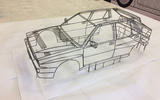
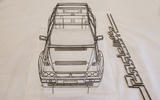
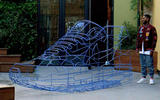
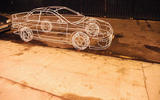
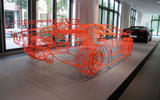
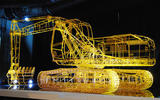
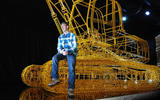
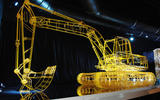
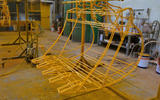

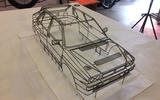
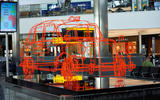
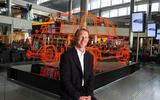
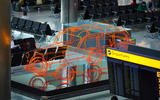
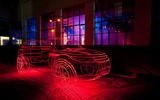
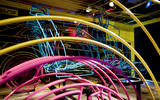
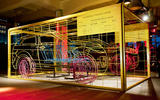


Join the debate
Add your comment
Amazing
Amazing
Fantastic example of modern art
Clever, skilled and unique. These are great examples of modern art. Agree with Thekrankis, the digger is superb.
Damn
...I wish I'd had thought of that first. Excellent.